- info@naturebylennart.com

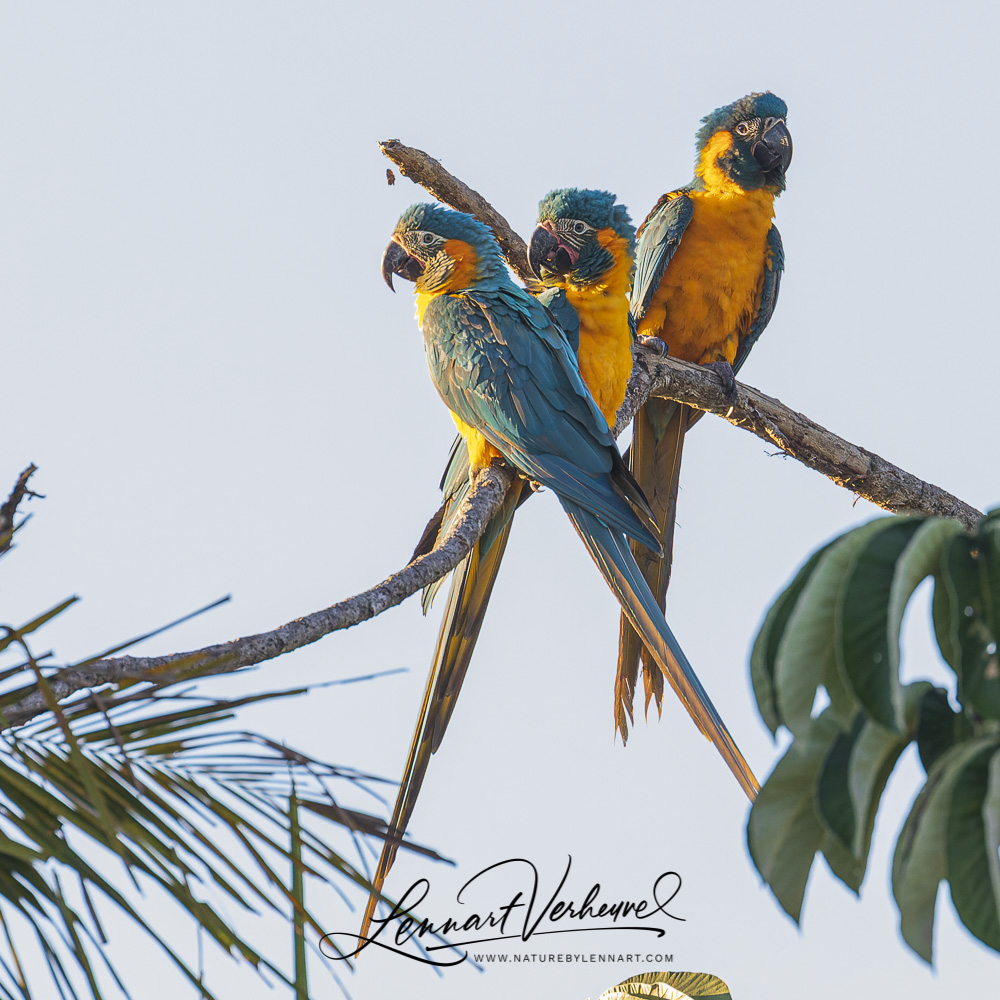
In my South-America trip I still had to fill in a gap of two weeks. The plan was to travel first for four weeks in Chile. I had arranged to visit a language school in Cusco, Peru, two weeks after that. So it would make a lot of sense for me to travel through Bolivia: new country, new experiences and new animals! Only I didn’t really have a clue of what I would be doing. Three weeks before I was heading off to Chile I stumbled upon the webpage of Asociación Armonía, the Bolivian version of BirdLife. The page about Barba Azul Nature Reserve looked very interesting and I noticed there was also a possibility to stay there working as a volunteer. I was supposed to get in touch with Tjalle Boorsma, which is a very Dutch name! So I just sent an email to Tjalle in Dutch and also received a reply in Dutch. Fortunately it was possible for me to stay there as a volunteer. So after Chile it was on to Bolivia!
The bus trip from Arica in Chile to Santa Cruz in Bolivia was long. Santa Cruz is a fine city to stay in though and in the Jardín Botanico I saw among other things my first sloth and in Curichi del Madre I saw my first squirrel monkeys: a good start! However I needed to travel another 500km: to the city of Trinidad. From there it would be possible to head to Barba Azul. So after a two-day stay in Santa Cruz I went off in a nightlong bus ride again and then had an additional two days to spend in Trinidad. In Trinidad it’s usually very hot, so I decided to go treat myself a bit and arranged for a hotel with a swimming pool. In the morning I went for walks to see animals. The locals were very helpful and pointed me to a locally famous pair of Blue-and-yellow Macaw.
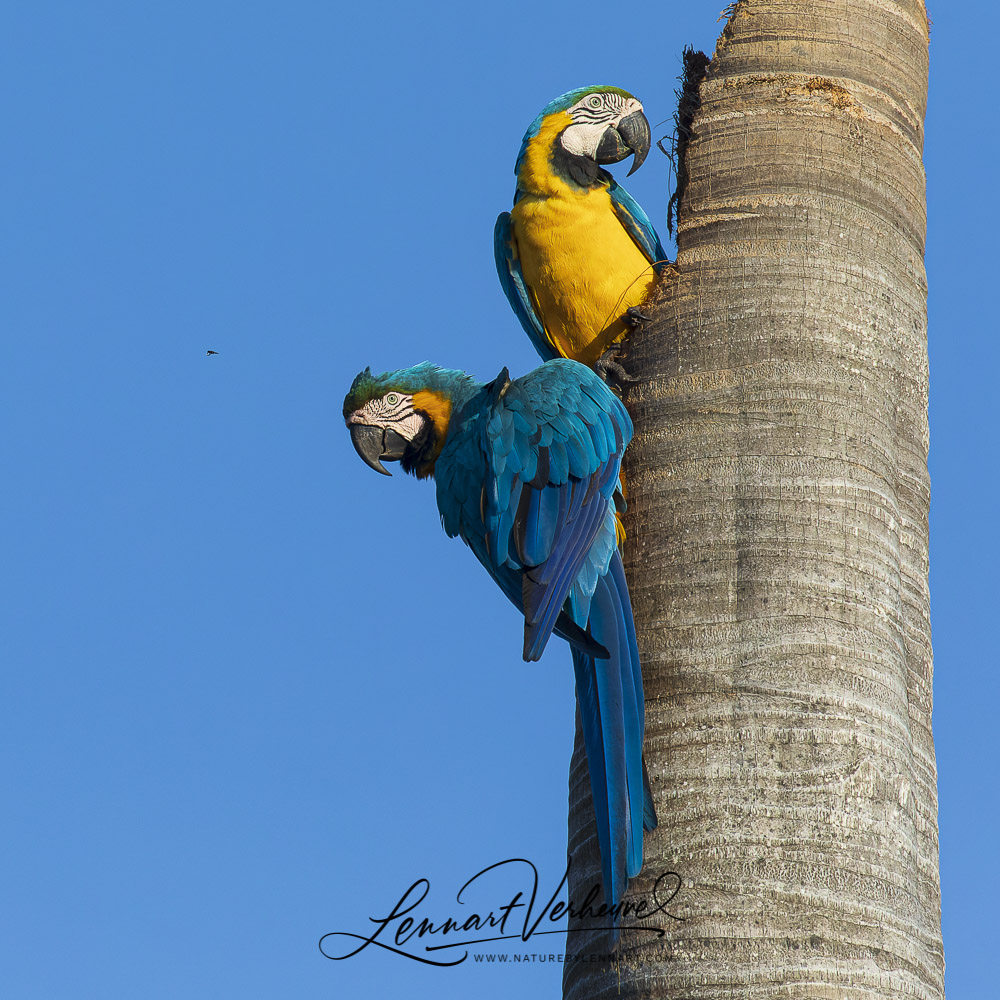
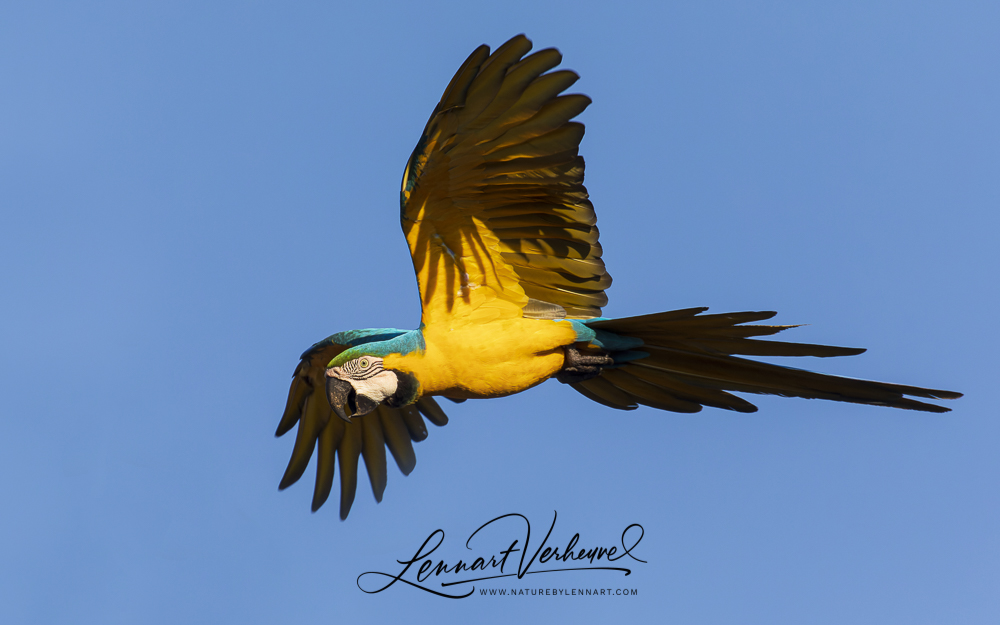
Blue-and-yellow Macaw
Close to the airport I also saw a beautiful Brown-throated Sloth in a tree.
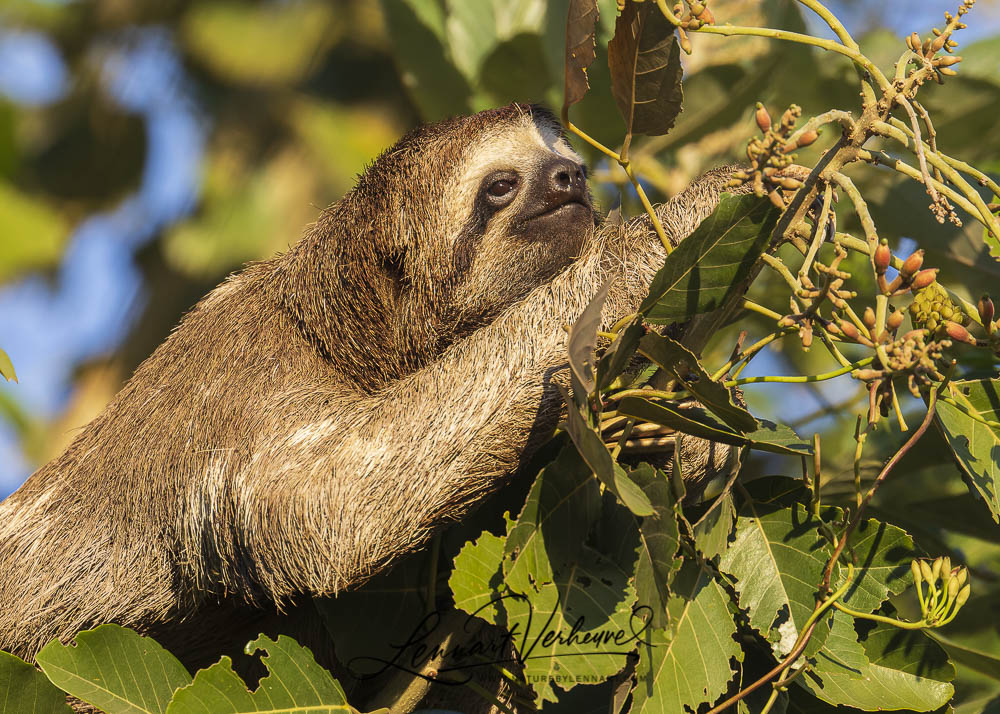
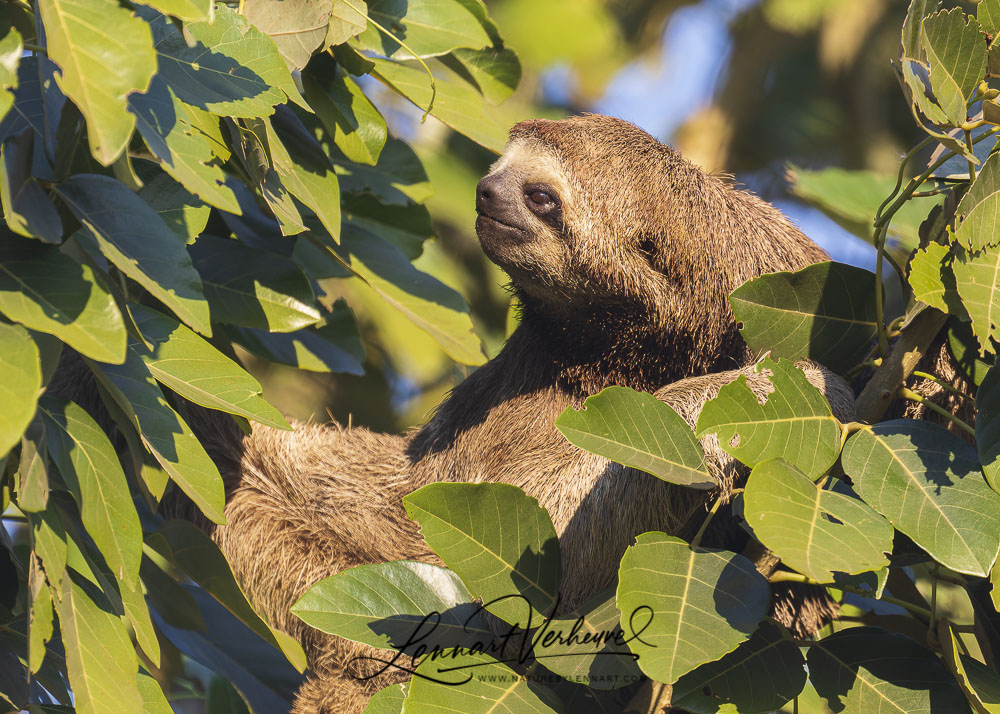
Brown-throated Sloth
The airport is also good for other beautiful bird species which are included in the gallery below.
Apart from that it’s interesting to see that at this airport it’s apparently the custom to just leave discarded planes -which may or may not have crashed before- just lying around.
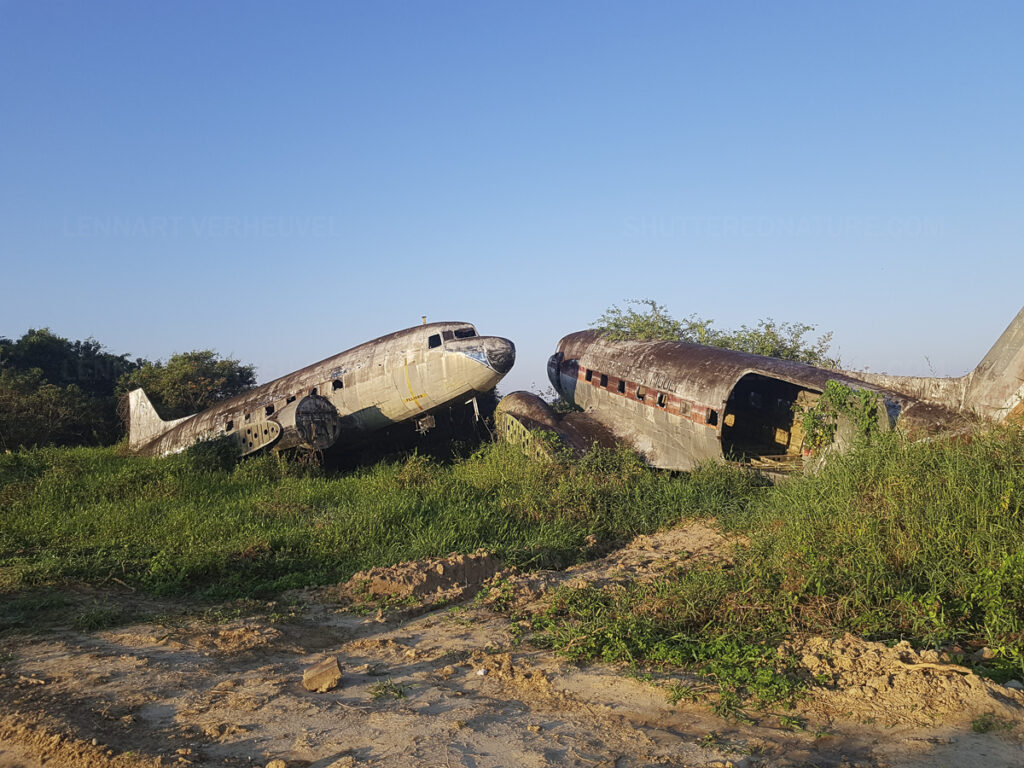
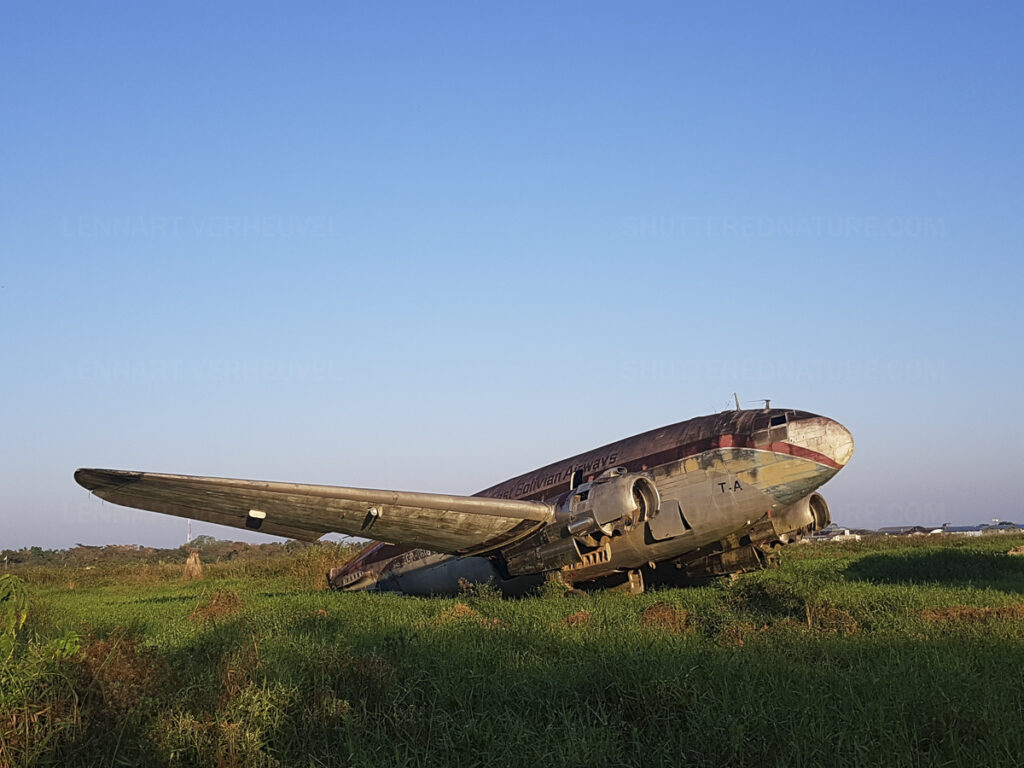
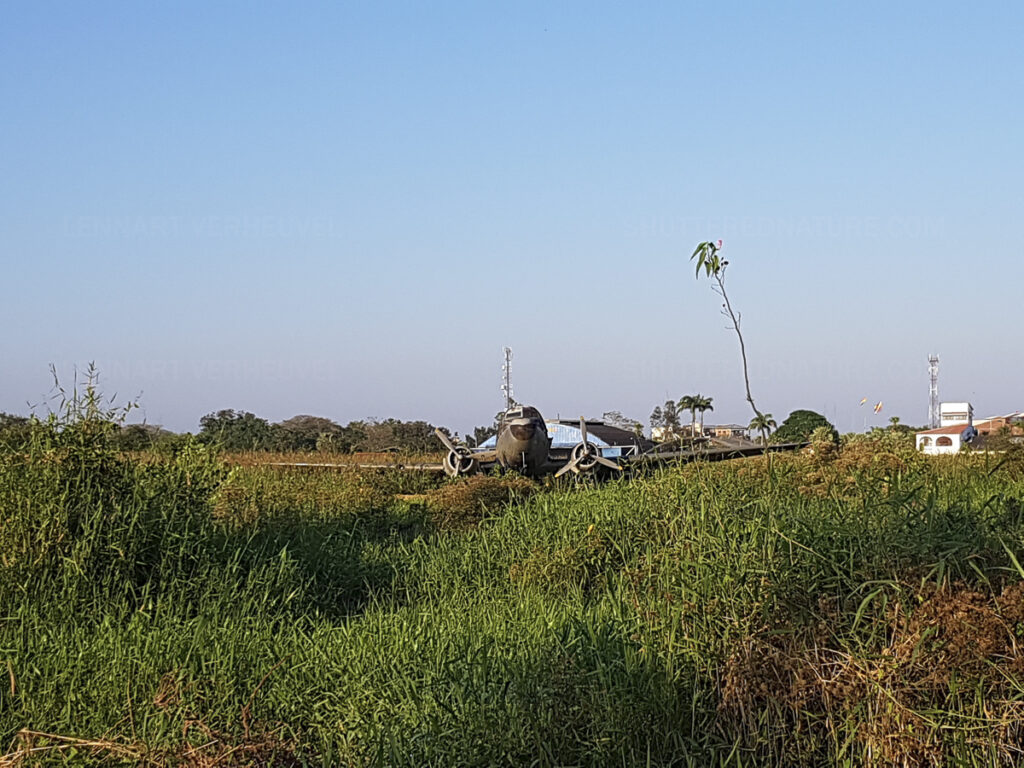
So my time in Trinidad wasn’t too bad, although I was happy to be able to finally leave. The trip to Barba Azul is certainly an enterprise. First we took a Cessna to a little place called Santa Ana del Yacuma. This Cessna is a kind of taxi which can be shared with anyone who wants to go there as well. Everyone including the luggage gets stuffed in to that little plane, then a quick check if there are no drugs hidden in the luggage and there we went! In the air we had a beautiful view of the Beni Savannah.
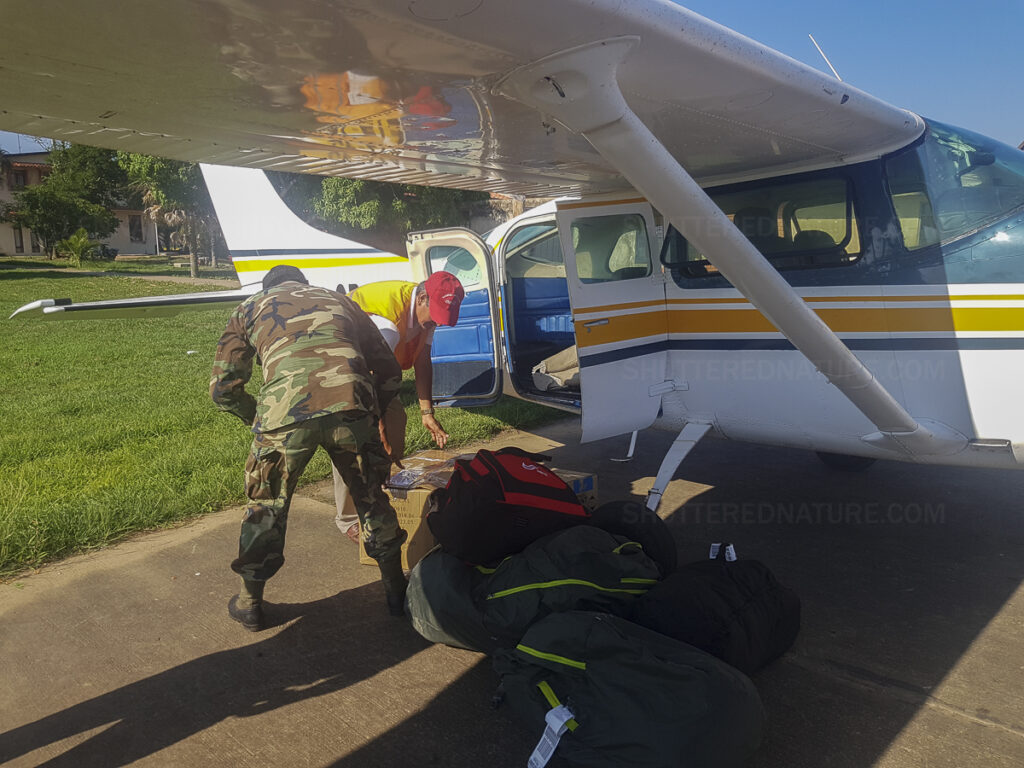
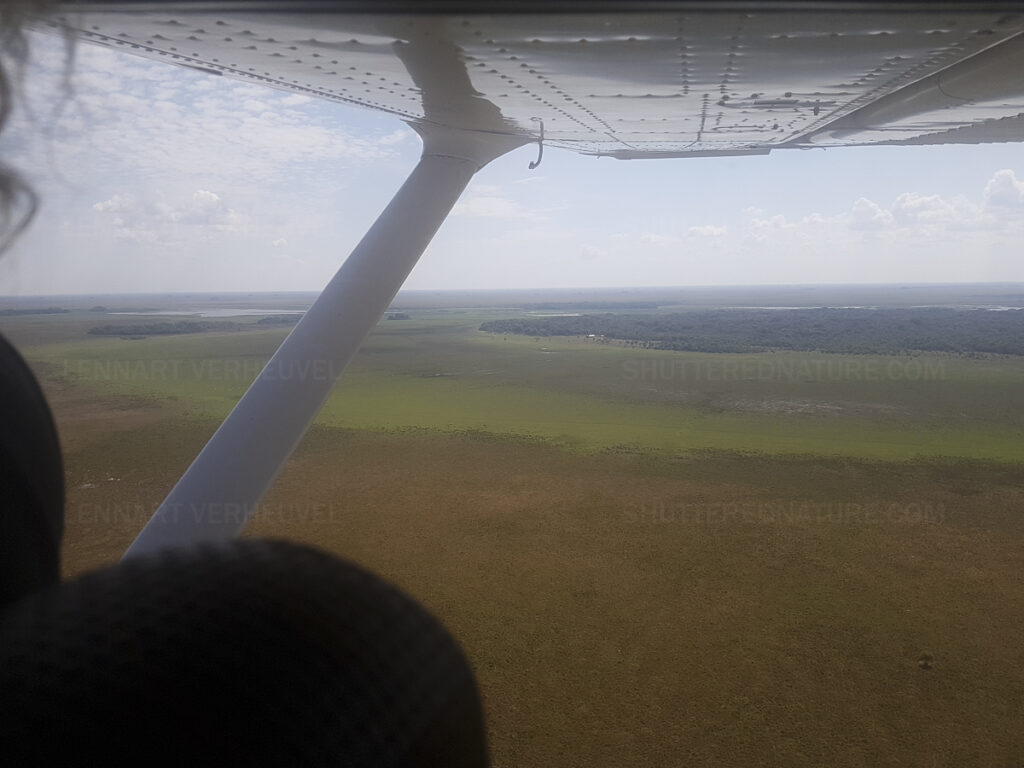
At Santa Ana del Yacuma we would take another Cessna. Now all kinds of supplies needed to go with us and the people from the airport exercise strict control to check whether or not we are above the weight limit. Everything and everyone gets weighted and it turns out we are 150kg above the maximum.
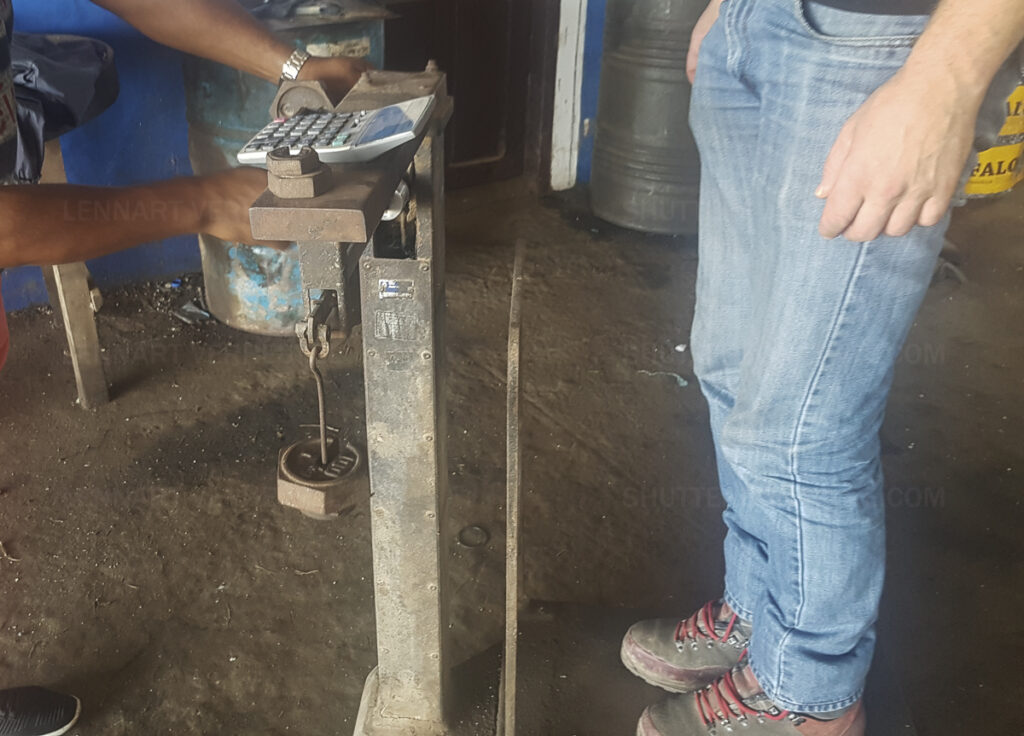
So we sort out carefully what we can leave behind. In the meantime there is some kind of local event going on and a lot of people on horses pass by. The inhabitants of the Beni Savannah live like the cowboys from the Old West!
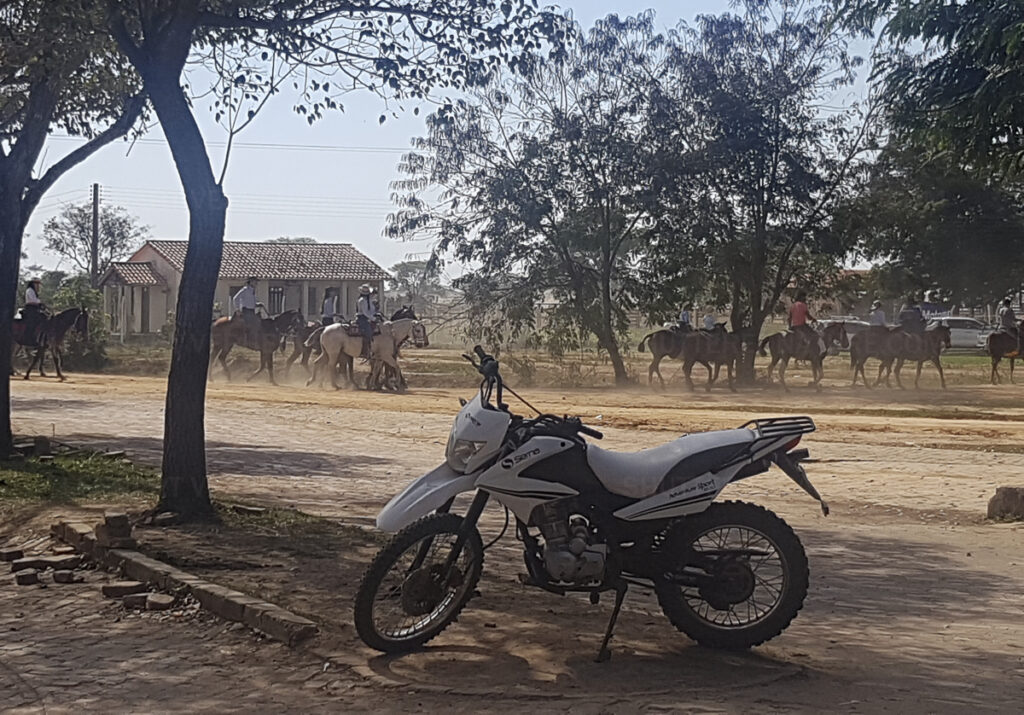
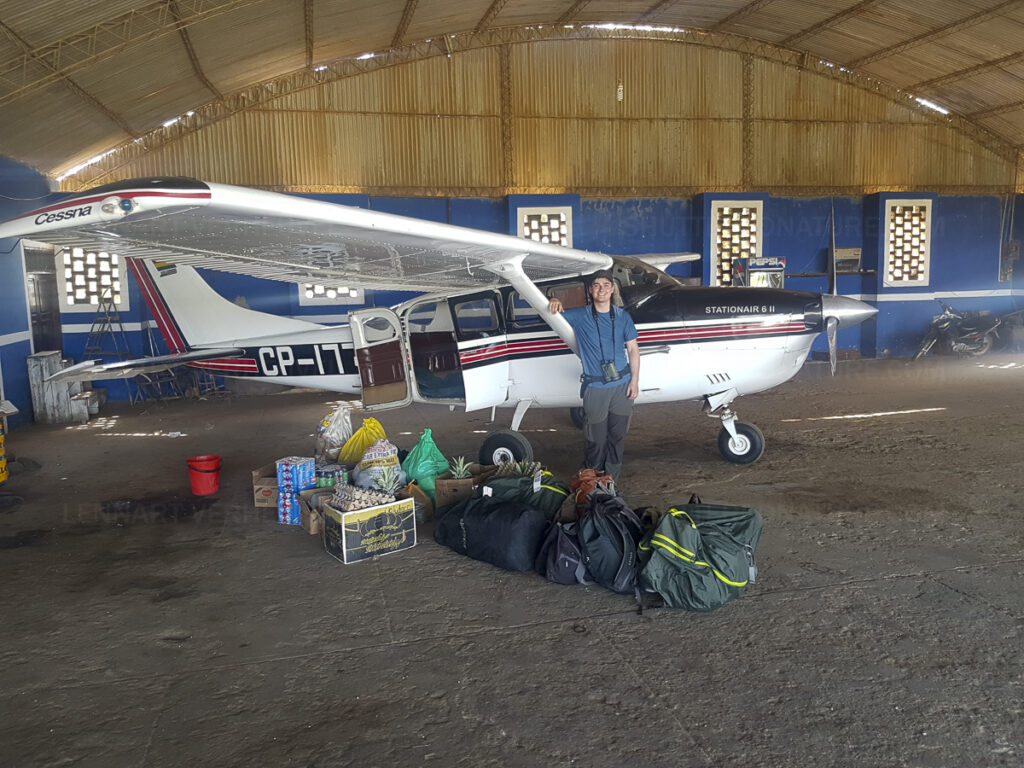
Finally we are stuffed in the plane again with all our luggage and we ascend. After a flight of about two hours we land on the unpaved landing strip of Barba Azul and there we are!
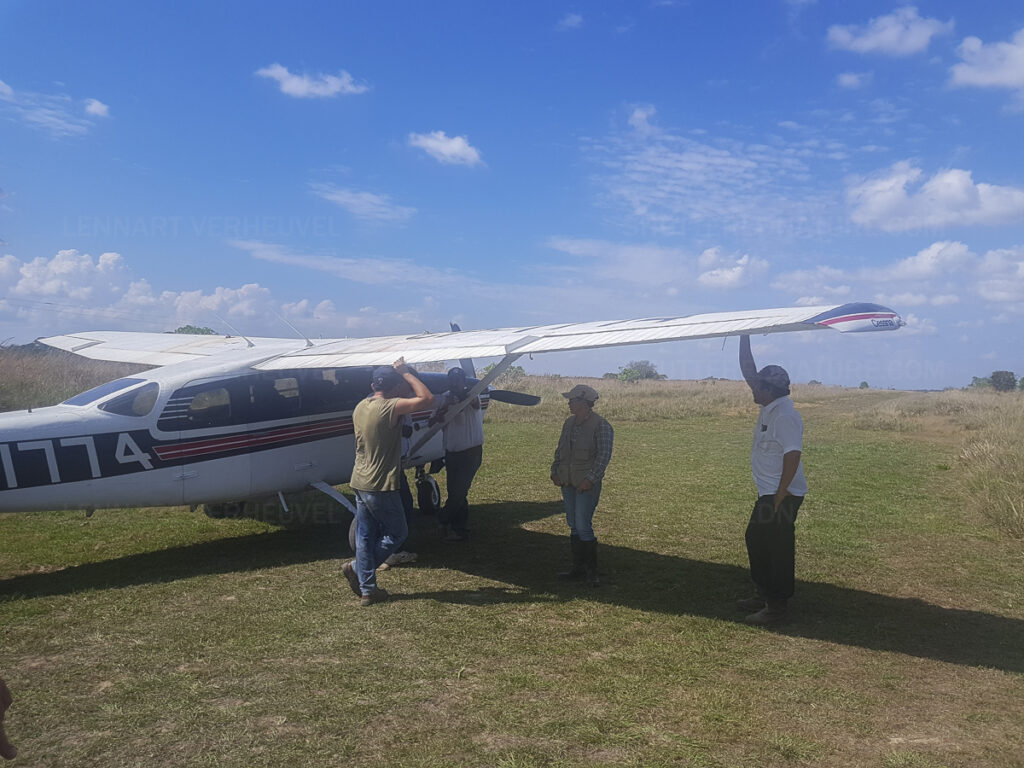
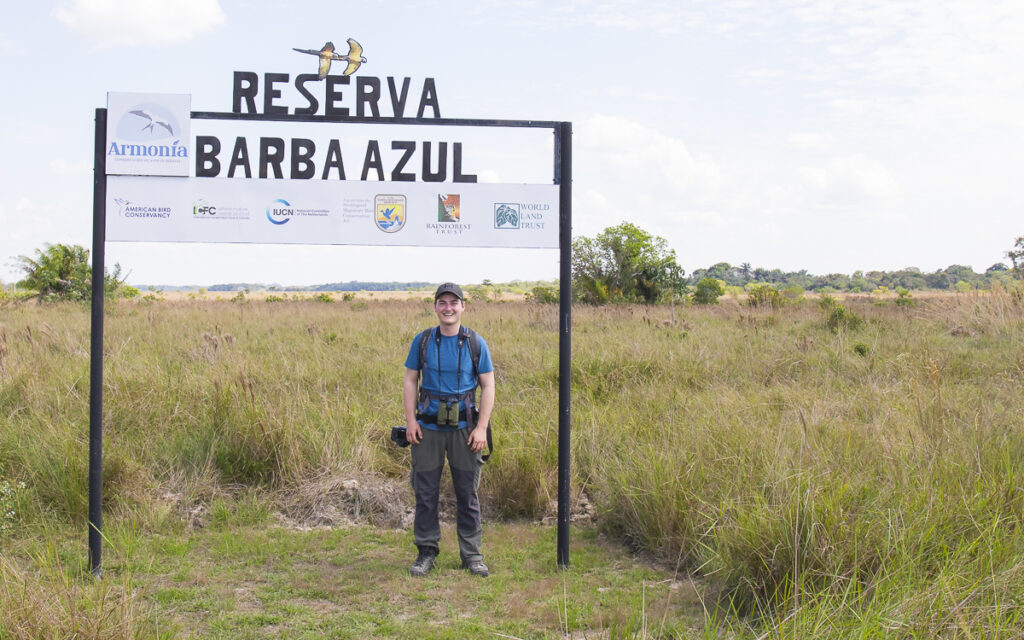
In this reserve we’ll have no internet and no phone connection, but there is power, delicious food and of course all those amazing animals! Barba Azul gets its name from the Blue-throated Macaw. This is a species that Armonía puts its main efforts into to try and save it. This species is critically endangered. Barba Azul is home to the largest part of the world population of Blue-throated Macaws anywhere on earth outside of the breeding season. At the moment there are about 500 individuals living in in the wild and that means the species is extremely vulnerable. Thanks to the efforts of Armonía this number has been growing steadily. The breeding areas get better protection as well. A good relationship with the local community is of course extremely important in this. The community here lives mostly from low scale cattle farming. If everyone were to turn to intensive agriculture this would most likely finish the Blue-throated Macaw. Apart from this macaw Barba Azul has a lot more however: large numbers of Blue-and-yellow Macaws, the endangered Cock-tailed Tyrants and Black-masked Finches, Streamer-tailed Tyrants and much more. This place plays also an import role in the yearly migration of the Buff-breasted Sandpiper and in the fall there once was a Big Day which ended with the astonishing number of 179 species on one day which was all done on foot! Apart from that this it’s also the best place in Bolivia to see special mammals like Giant Anteater and Southern Tamandua. Also Maned Wolf is possible. This video made by Armonía gives an impression of the beauty of this place.
And I’ve got this place almost to myself for a week! Of course I will have to work for that too. I’ll help with placing several camera traps in the reserve so it gets more clear which animals live in the area. The best thing about it is of course that I’m also right in the middle of the Blue-throated Macaws while doing it! So I’ve taken hundreds of pictures. Of course I’ll kick off with thé species of Barba Azul: the Blue-throated Macaw!
Like all macaws also this macaw is incredibly intelligent and it has an extensive social life. That is what also keeps it extremely interesting to study them, I had a similar experience with elephants. Apart from that they also mate for life. If you look at them very superficially it might be imaginable that this species even in the eighties was still considered to be a subspecies of the Blue-and-yellow Macaw, but when you’ve seen the species actually in real life you can hardly imagine it. First of all the head looks different, the black in a Blue-and-yellow Macaw is blue in a Blue-throated. Apart from that there are also more subtle differences, for example the Blue-throated Macaw has a nice pink edge along the base of the bill. Also the way they fly is completely different. The Blue-throated Macaw is much slimmer and has thinner wings while the Blue-and-yellow is built more robust. Even the sound a Blue-throated Macaw makes is audibly different from that of a Blue-and-yellow. In short the Blue-throated Macaw is a much more subtle and prettier version of the big, boorish, and coarsely shrieking Blue-and-yellow Macaw! On the photo’s below you can see the difference.
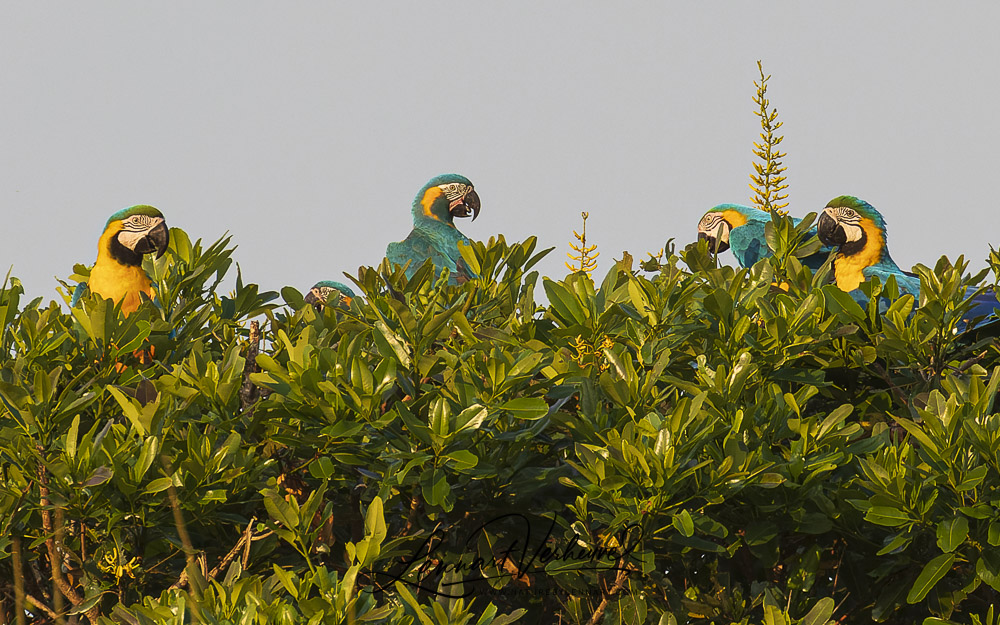
Blue-throated Macaw in the middle surrounded by Blue-and-yellow Macaws
Of course the Blue-and-yellow Macaw is also a beautiful bird and I was able to take may pictures of them!
It’s actually easier to take pictures of them because they are much more curious. Blue-throats usually stick to their intended flightpath. Also for the Blue-and-yellow Macaws Barba Azul is a great place. An afternoon sleep migration count resulted in about 500 individuals!
Of course there was more to see than just the Macaws. One of my favourites is the Cock-tailed Tyrant. It’s also a rare bird on a world scale and it’s clear where the male gets it’s name from!
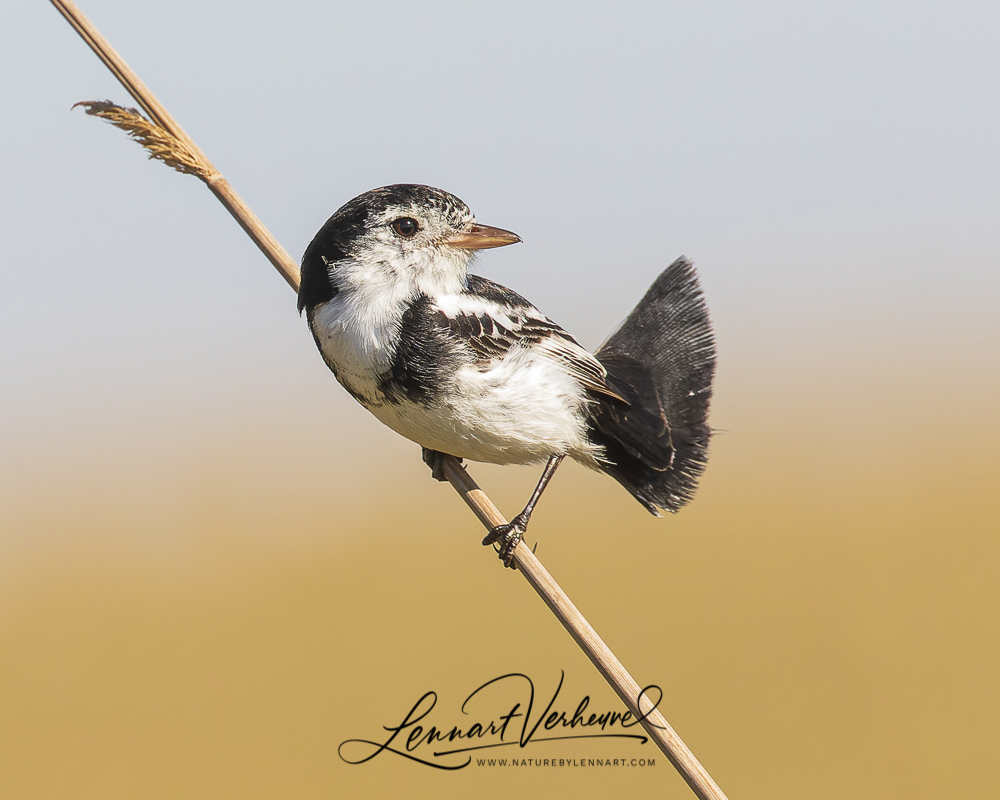
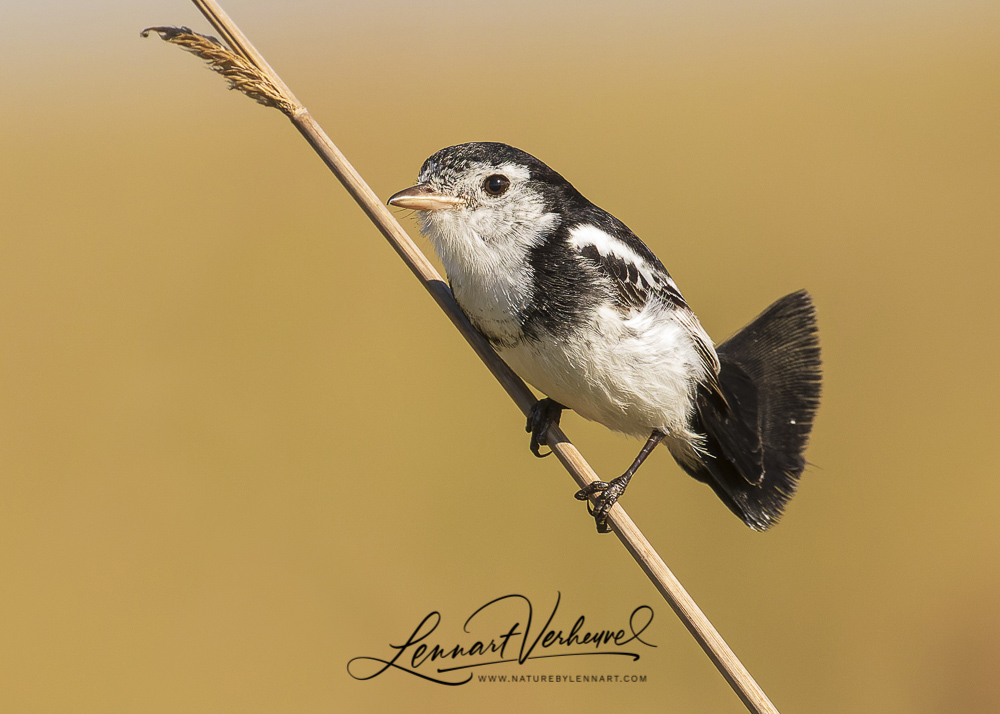
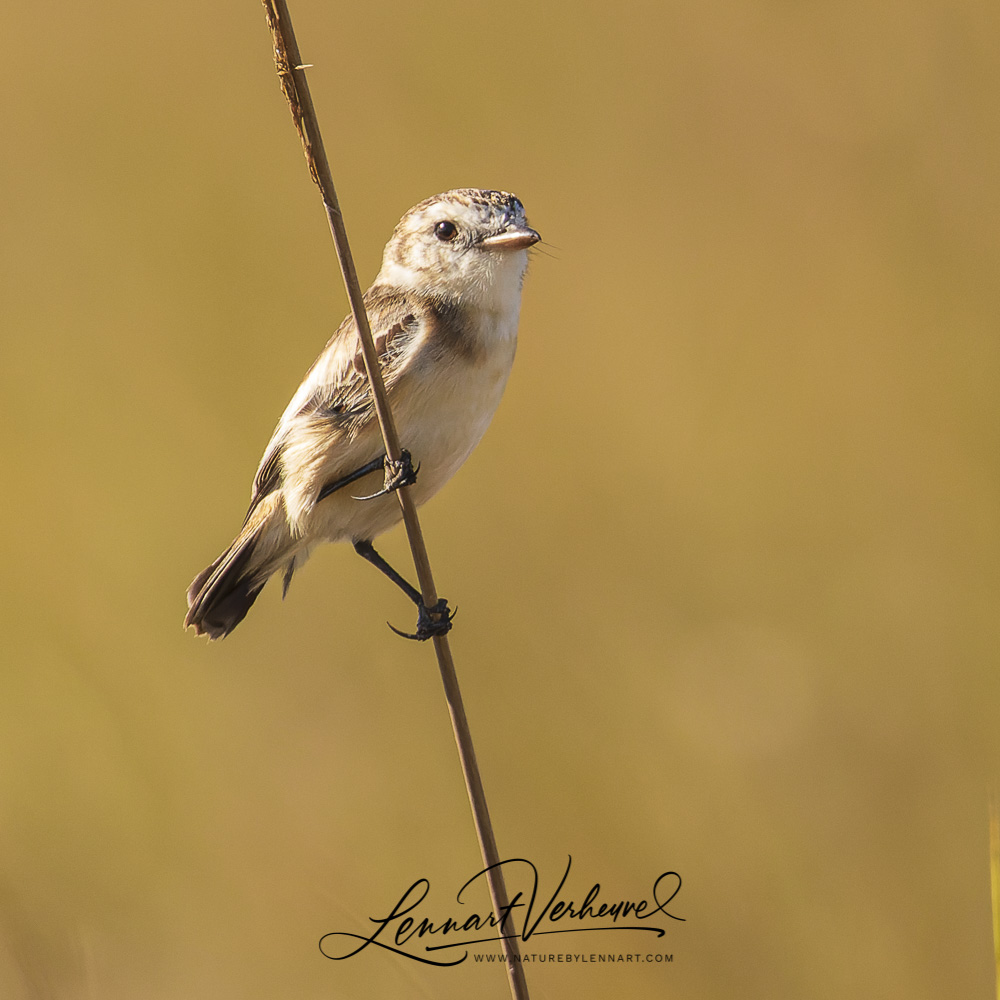
Cock-tailed Tyrant
The Streamer-tailed Tyrant is somewhat less scarce on a world scale, but in the reserve it’s a more difficult bird to see. So I was very happy when a pair of them decided to perch close by in a bush!
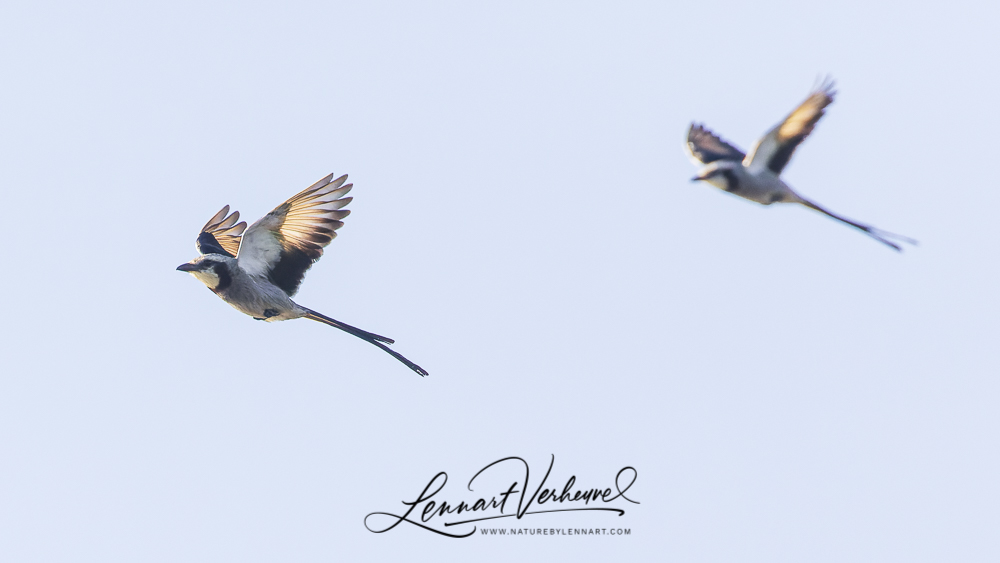
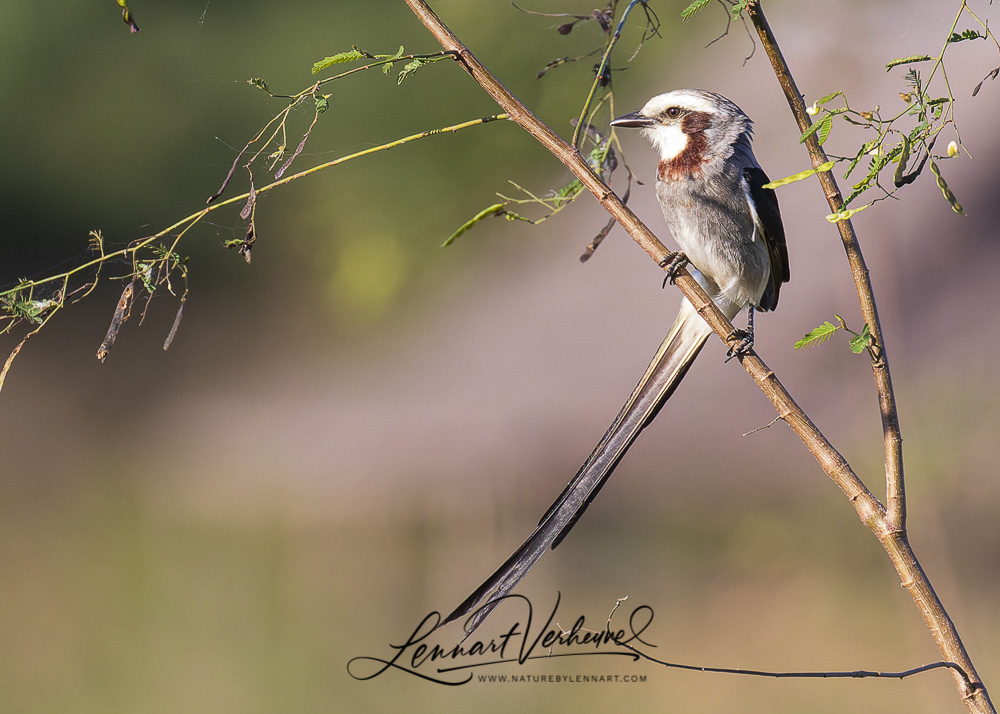
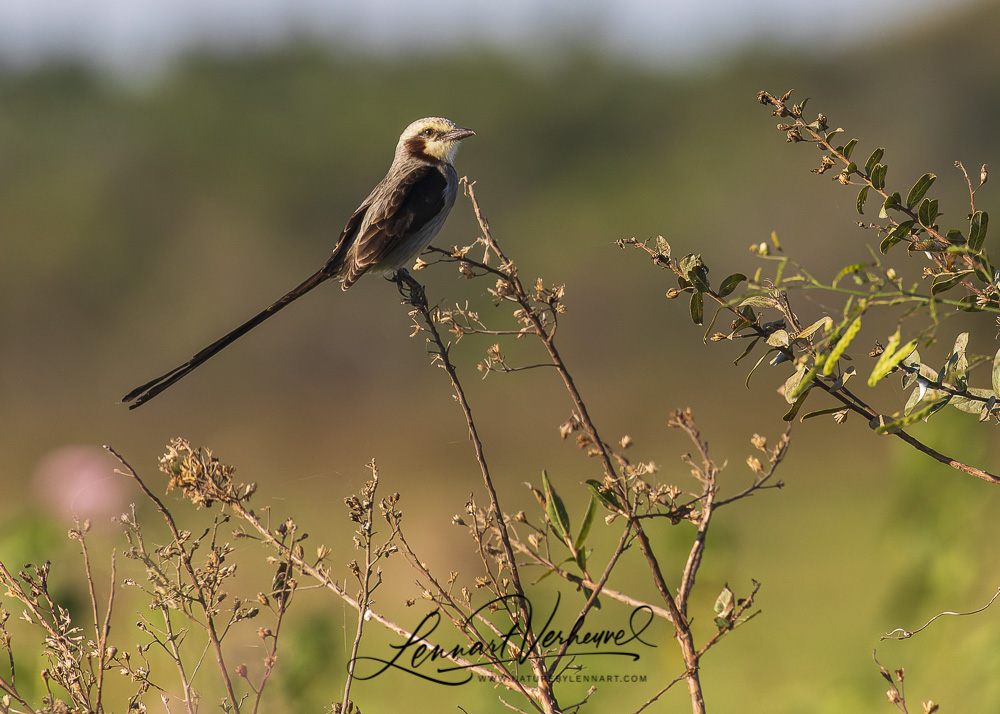
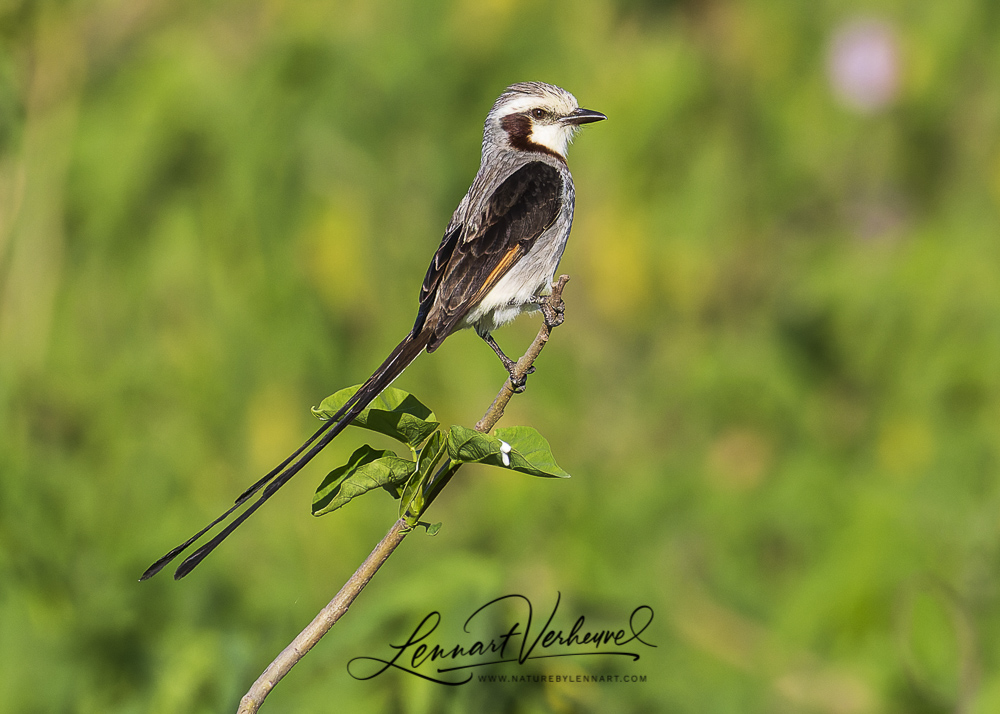
Streamer-tailed Tyrant
The Sharp-tailed Tyrant is a more subtle bird and also a real specialty of the reserve.
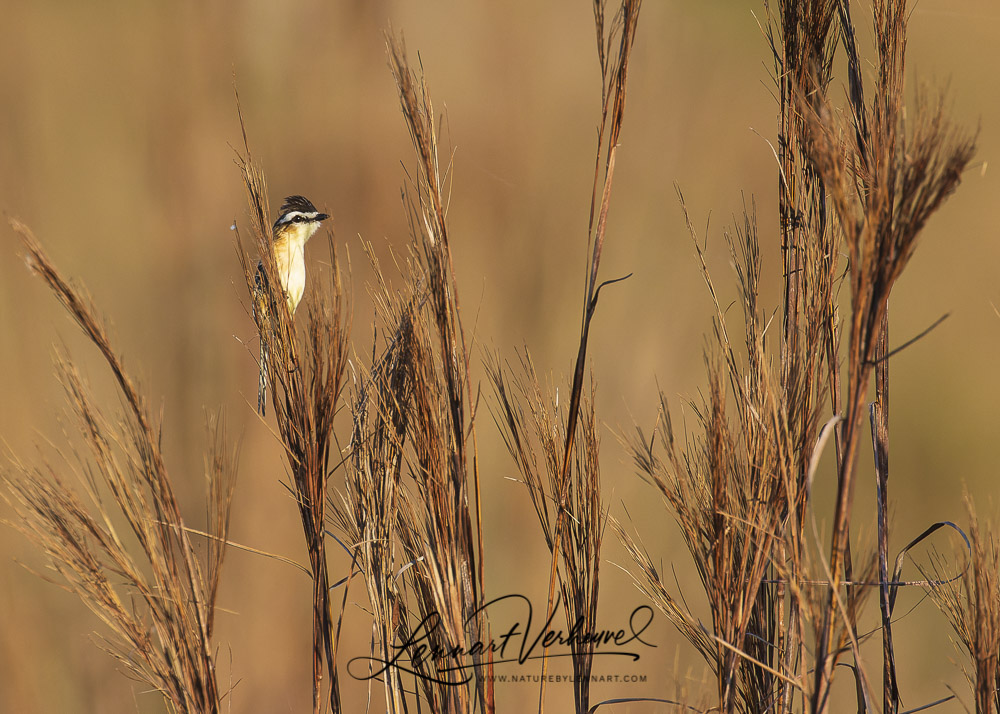
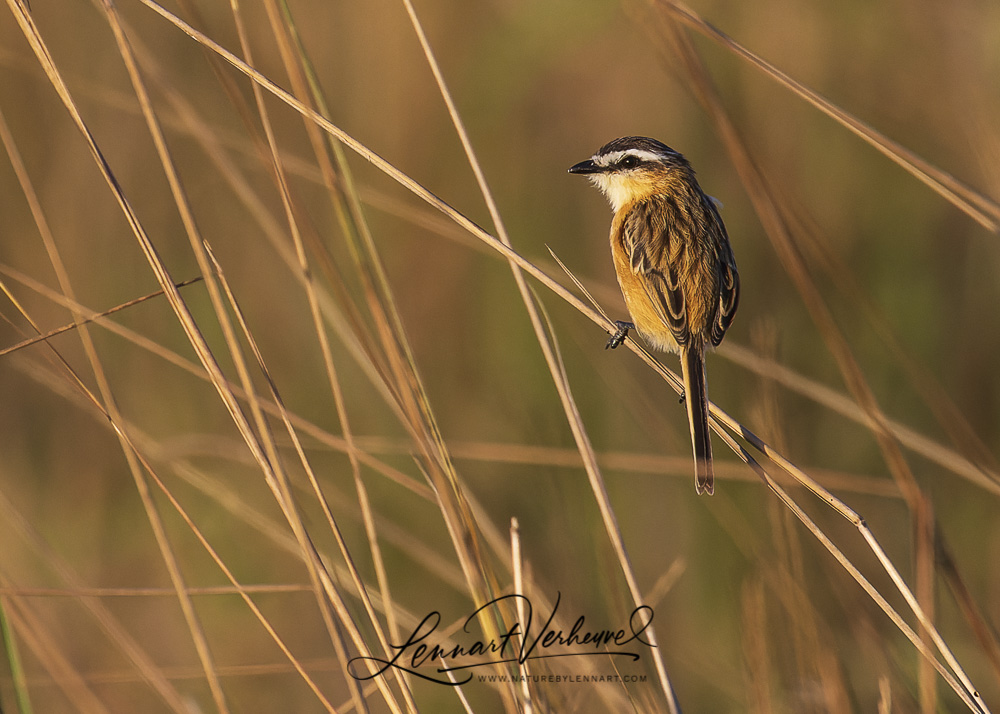
Sharp-tailed Tyrant
Another specialty from the reserve is the Black-masked Finch. Also a rare species on a world scale and he looks fine too of course!
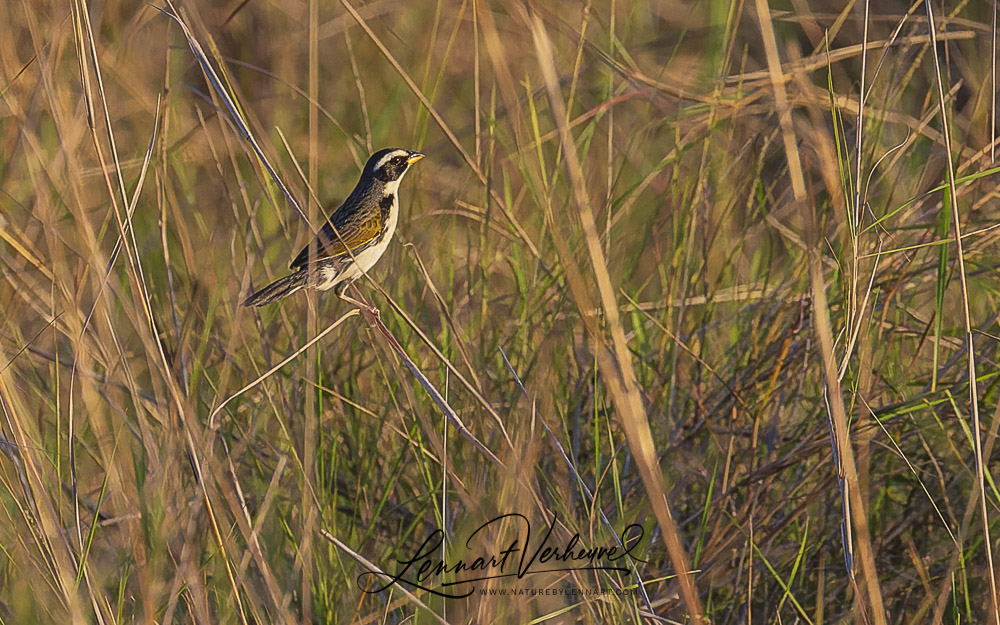
Black-masked Finch
And then there is the so called rest category. Species that might not be that rare on a world scale, but certainly can hold their own! I have put them all in a gallery to make it’s easier to scroll through them!
Apart from the birds there are of course also the mammals. Every day I went searching to get that Maned Wolf, but sadly it didn’t cooperate. Luckily I could entertain myself with what I did see. Without a doubt the Giant Anteater was the most impressive of all. An animal that looks extraordinary and has a huge tail. I had to put in some effort to see it but in the end I stood eye to eye with this giant a couple of times. He approached me up to one meter!
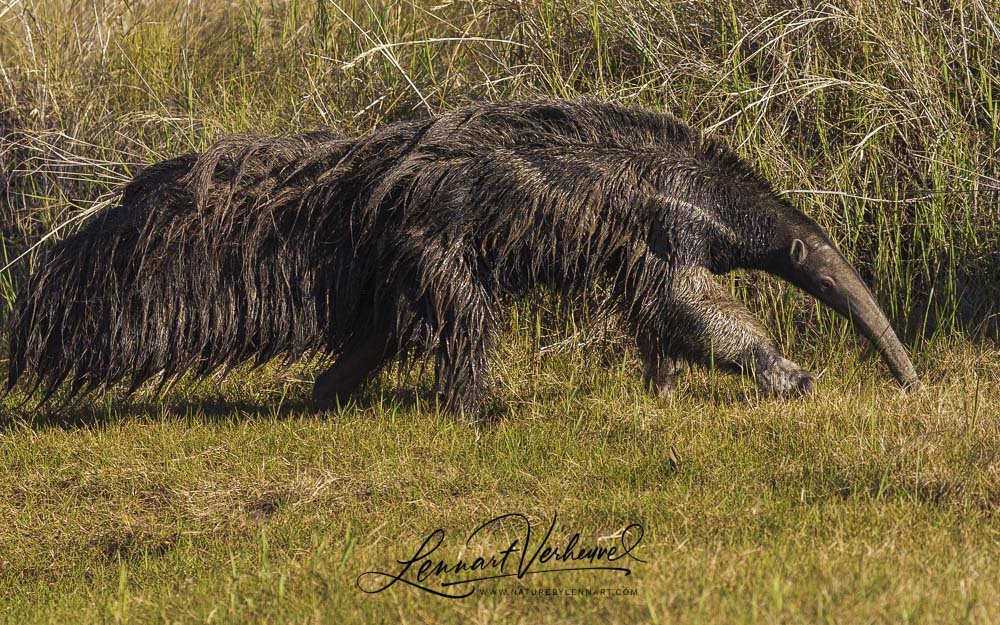
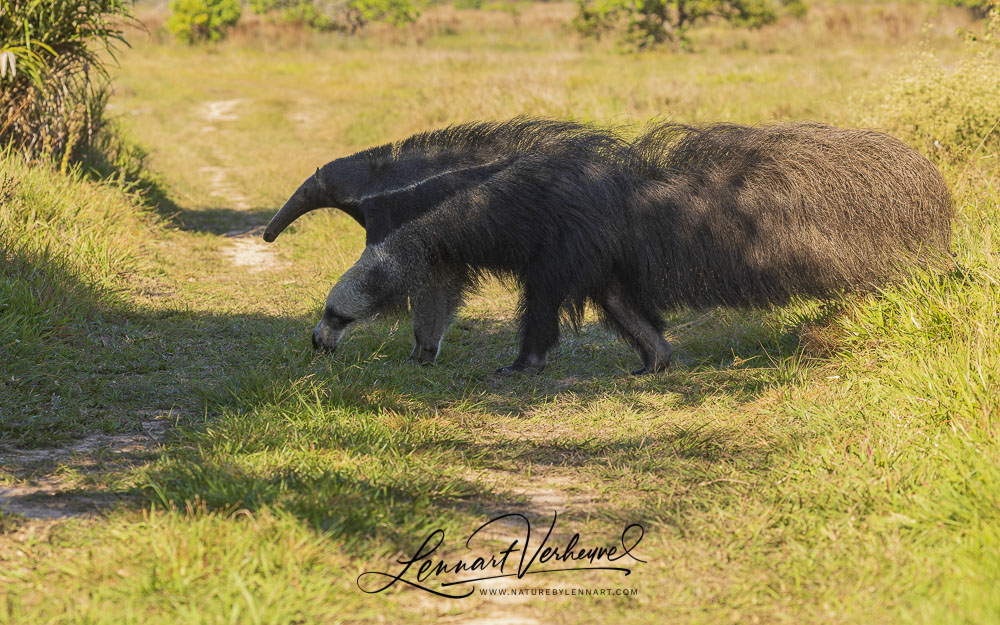
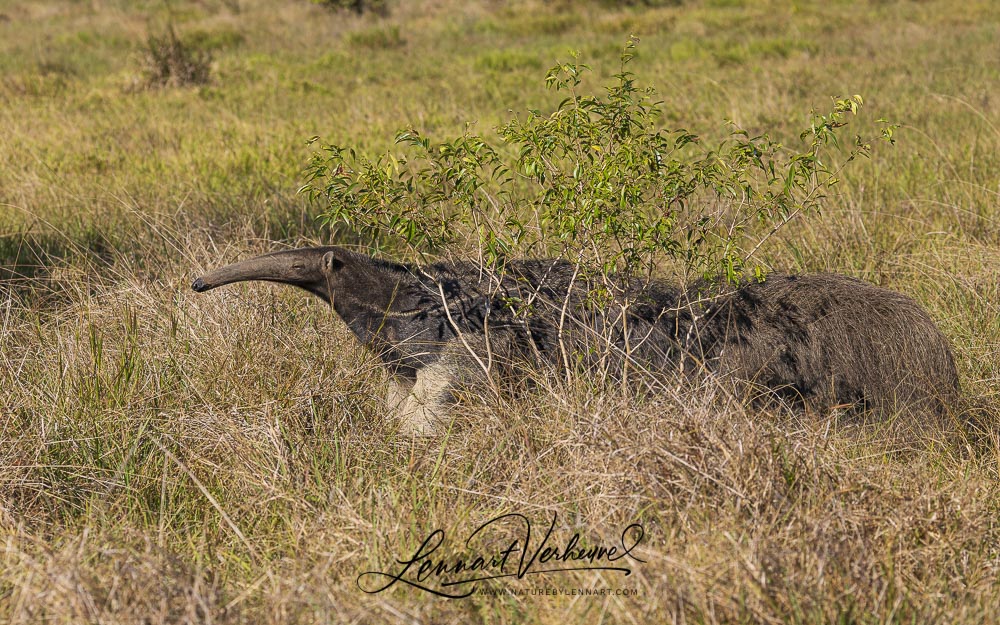
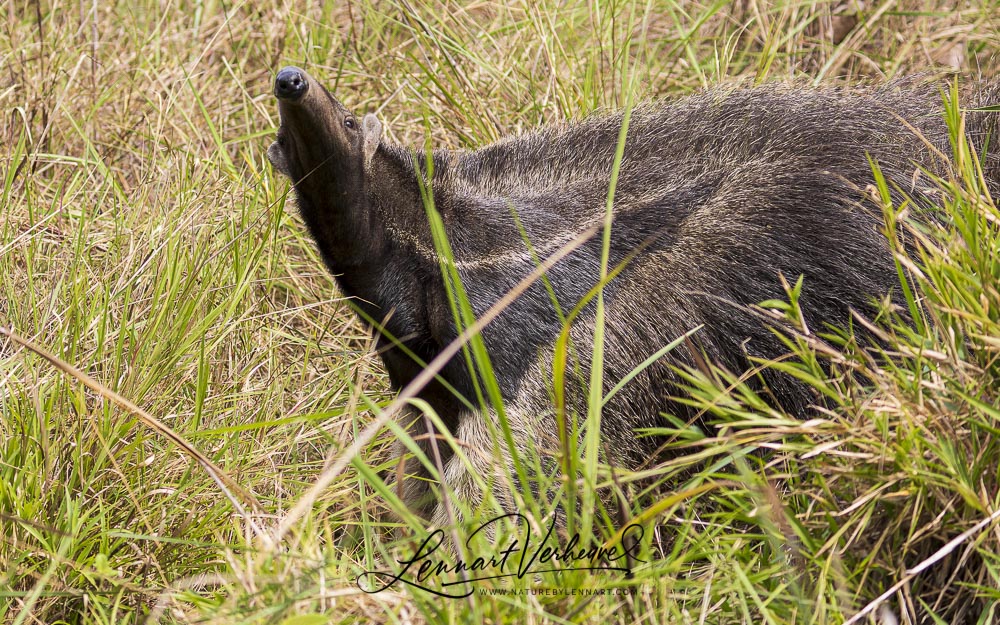
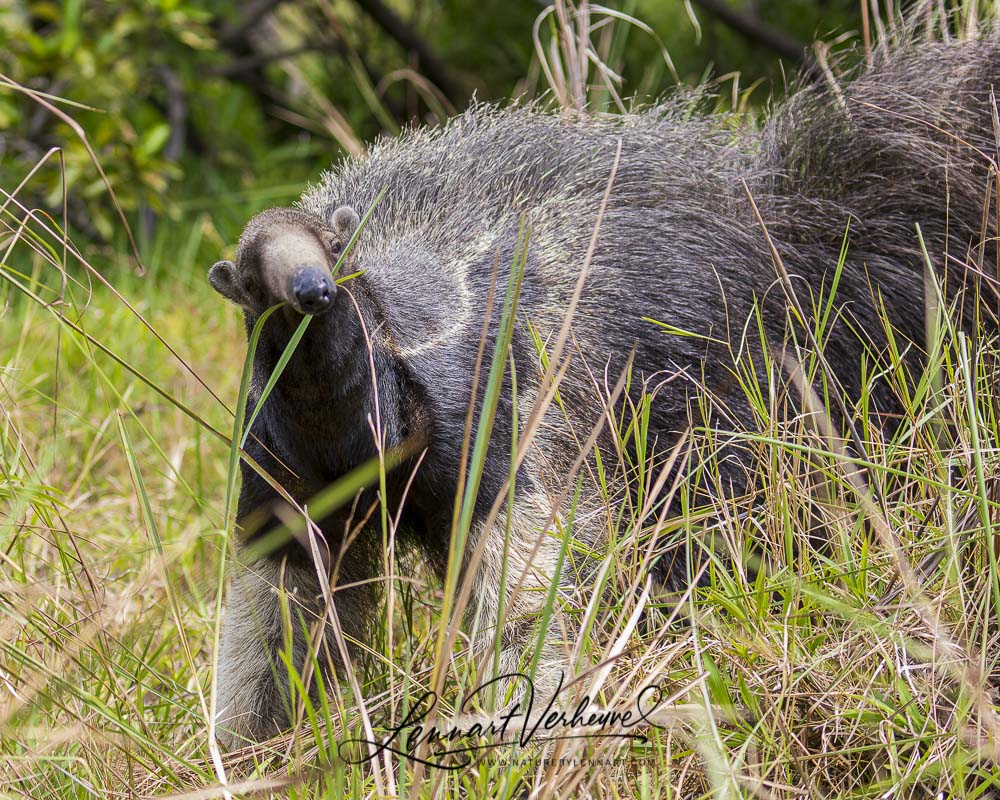
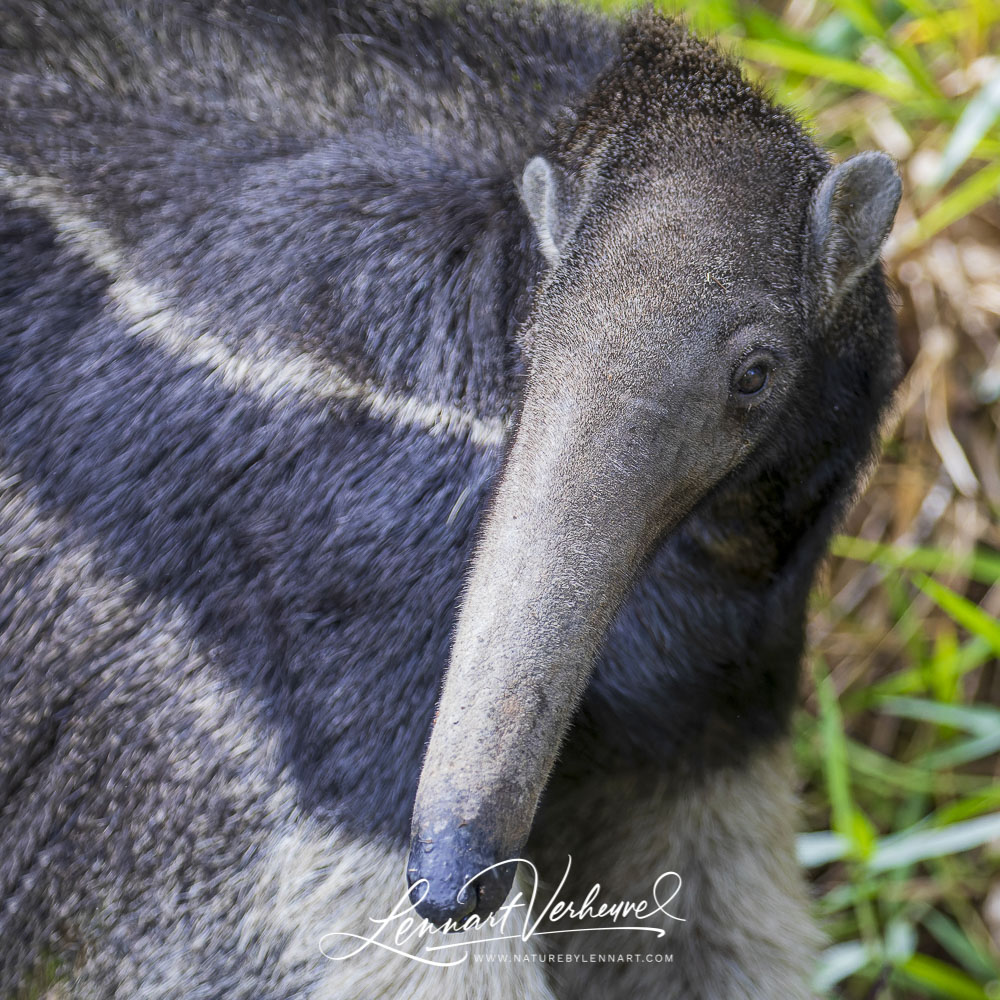
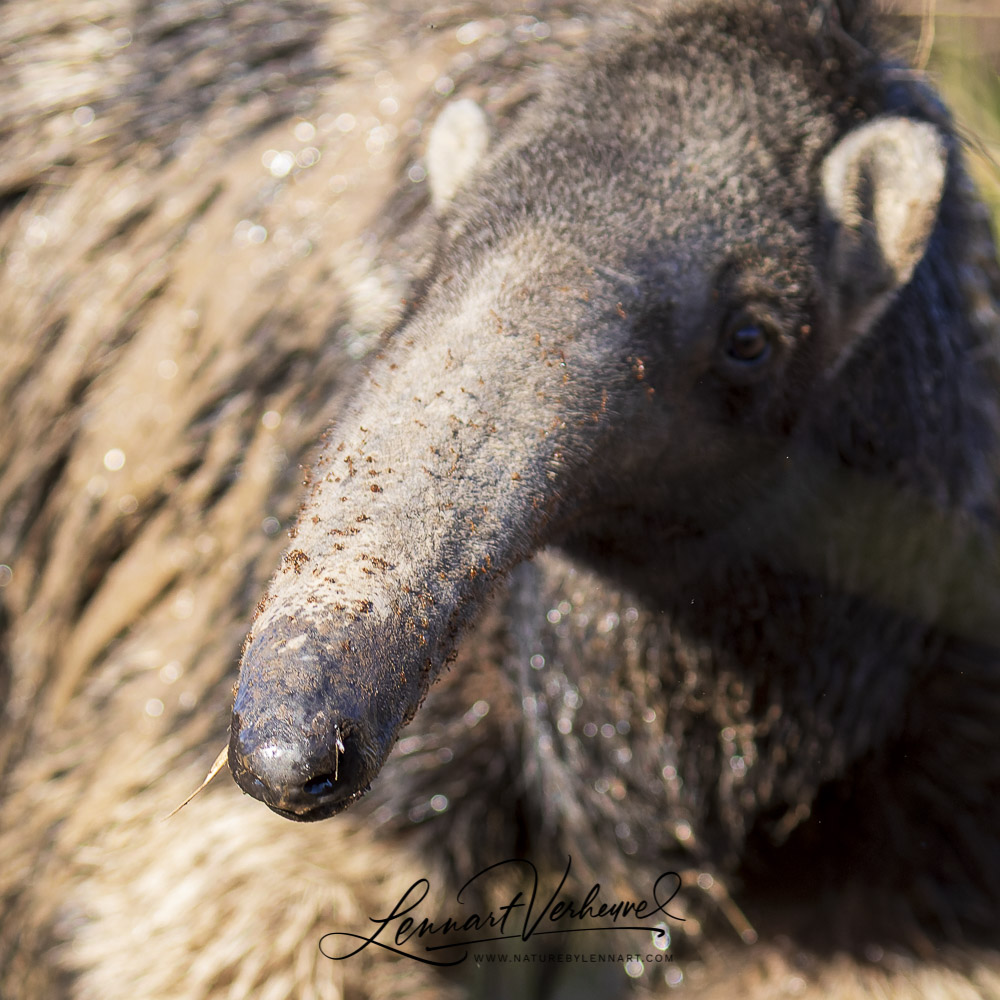

Giant Anteater
The Southern Tamandua was more difficult. I saw it only once, but that was sufficient!
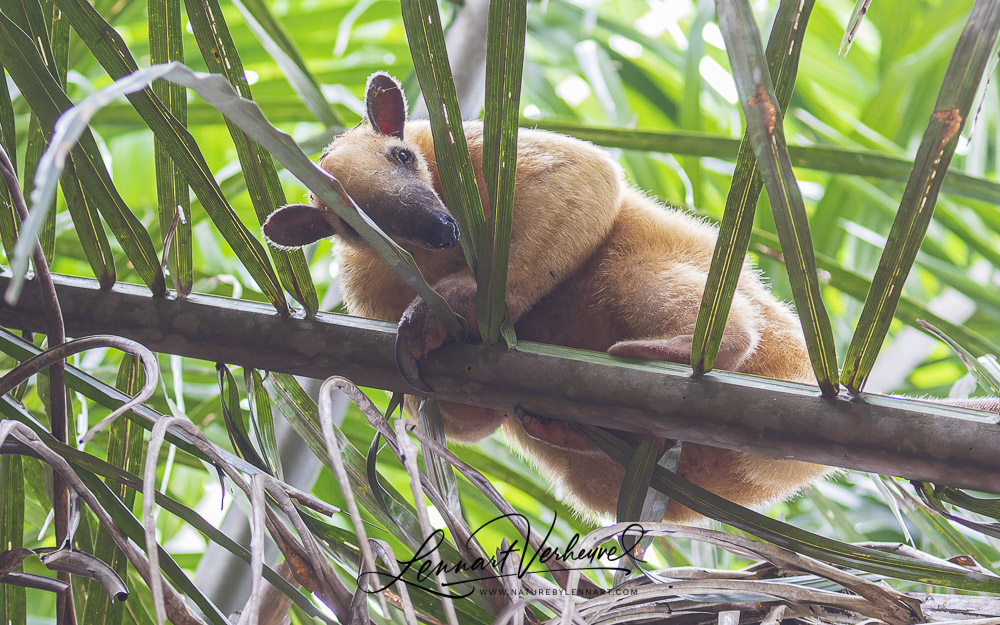
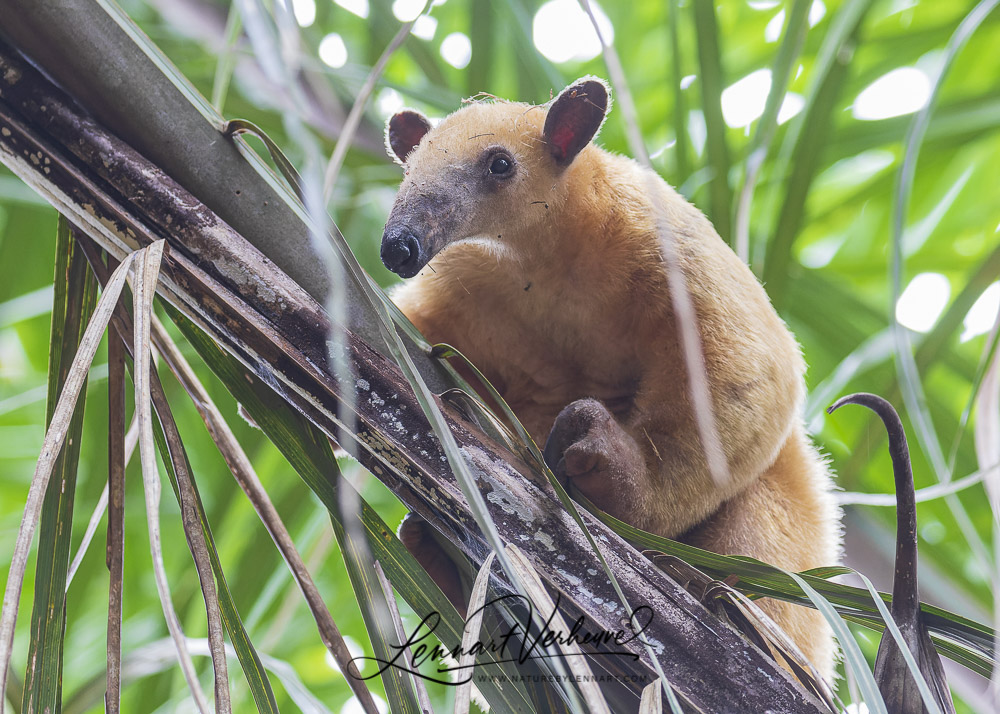
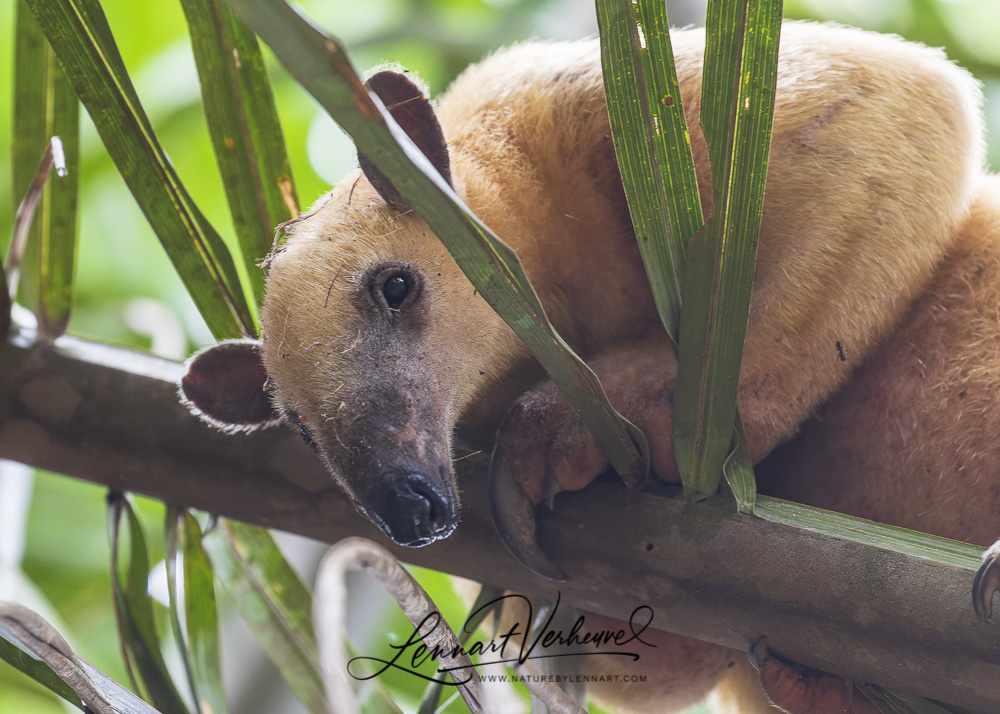
Southern Tamandua
Then there are the Armadillo’s. I saw two species of them and the Six-banded Armadillo cooperated the best. Around our housing there were two of them constantly foraging and they could be easily approached. Really special animals to see!
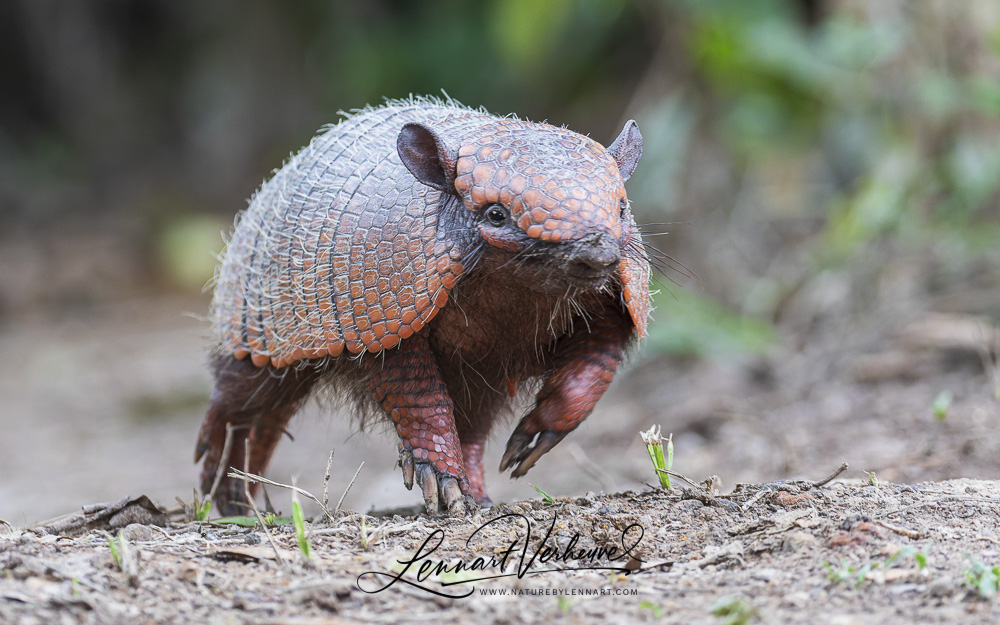
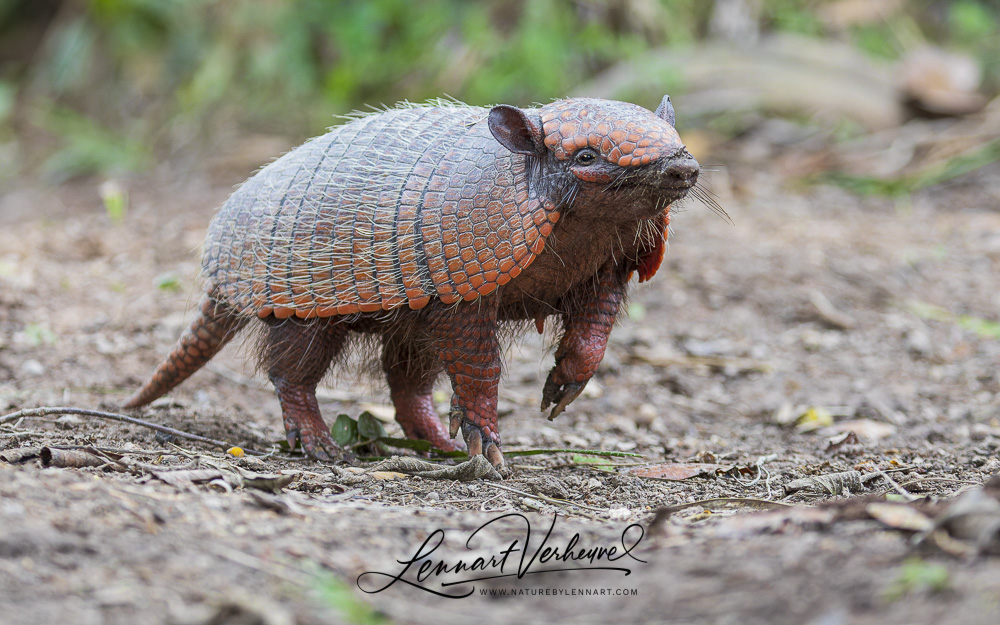
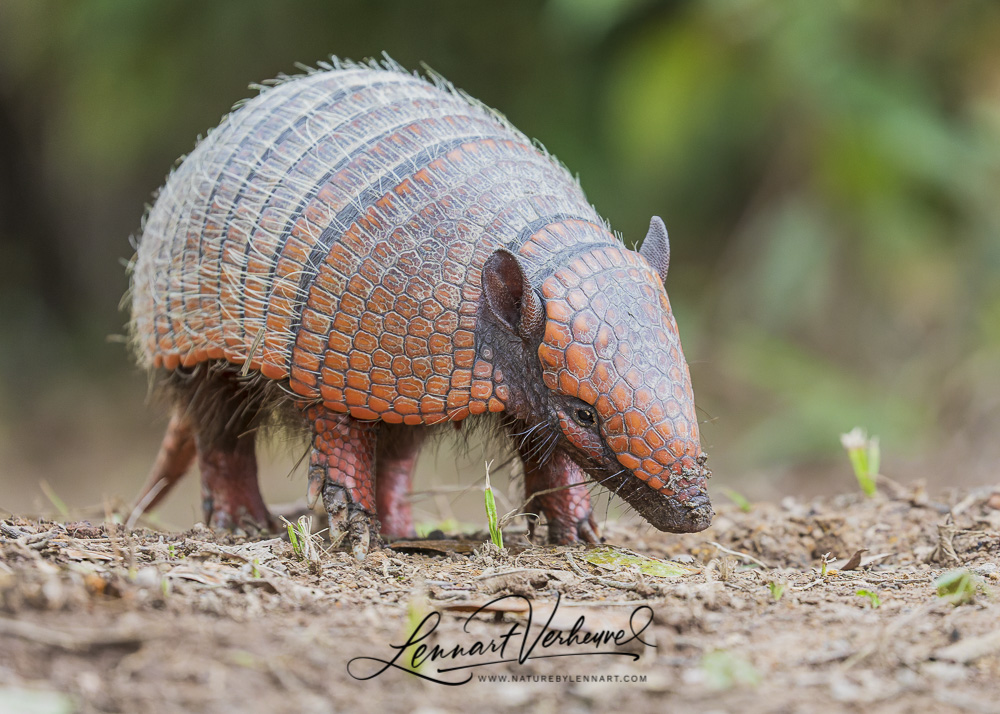
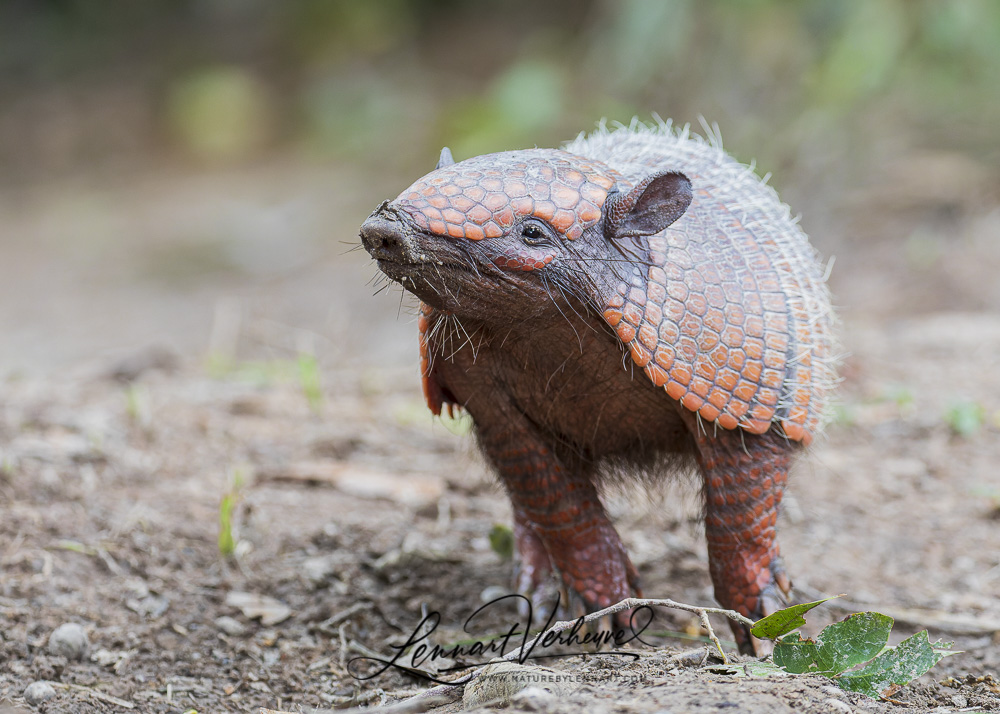
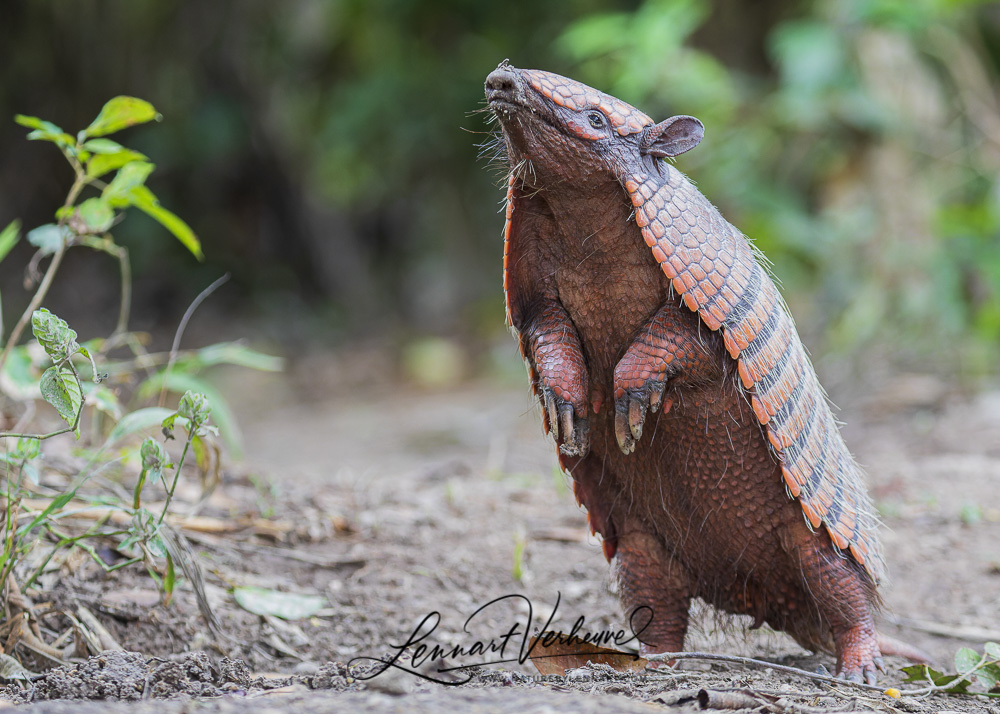
Six-banded Armadillo
We also had success with the Nine-banded Armadillo. That one is a bit bigger and looks clearly different from the Six-banded Armadillo.
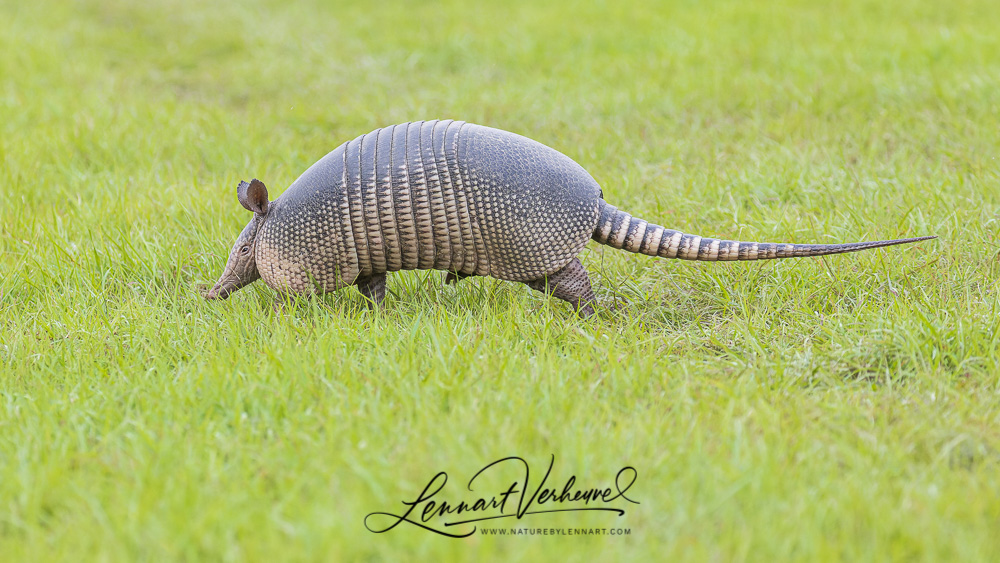
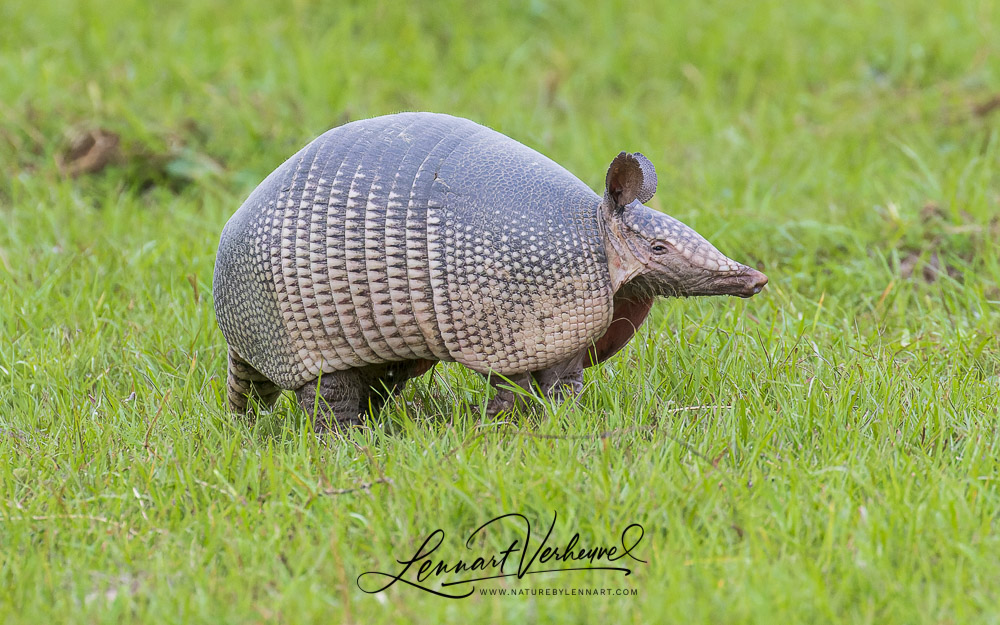
Nine-banded Armadillo
And finally there is the largest rodent on earth: the Capybara. Giant Guinea Pigs, mostly suitable to serve as food for Jaguars of Puma’s. But there are also little Capybara’s!
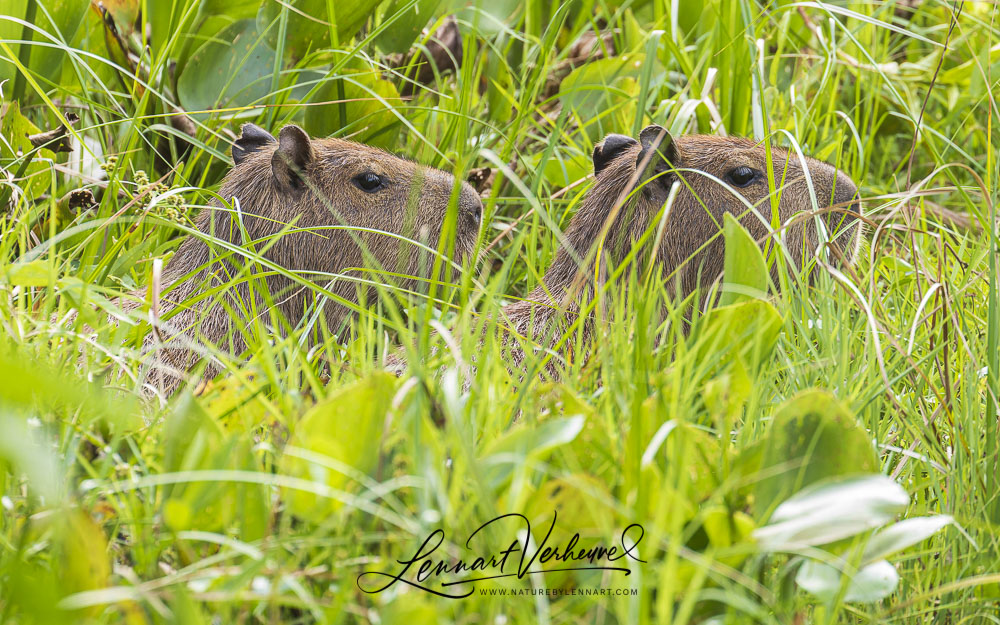
Capybara
The Collared Peccary is a nice little pig!
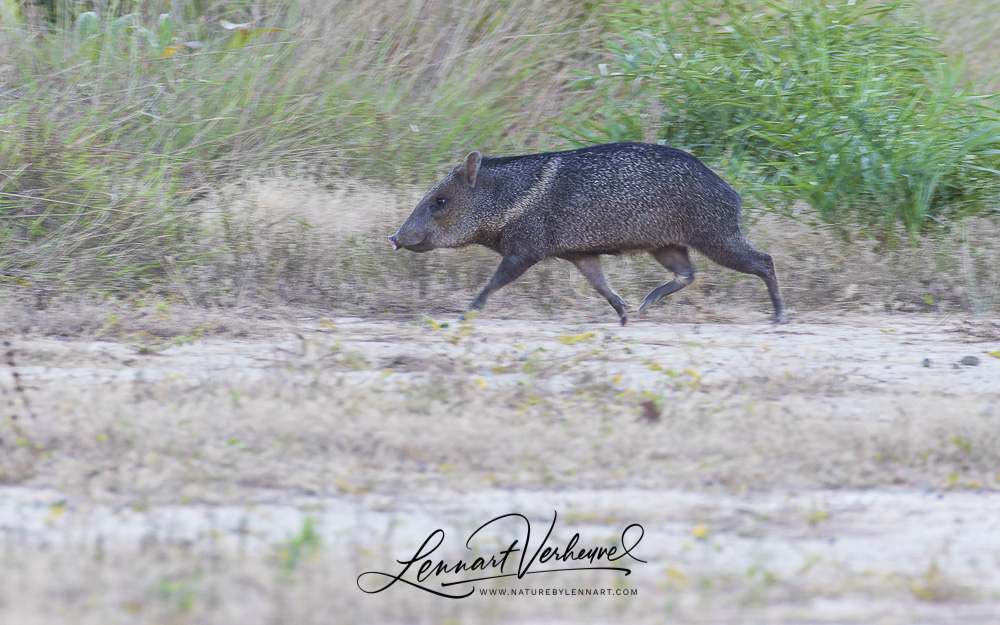
Collared Peccary
I also saw a Red Brocket Deer, they are pretty cool too!
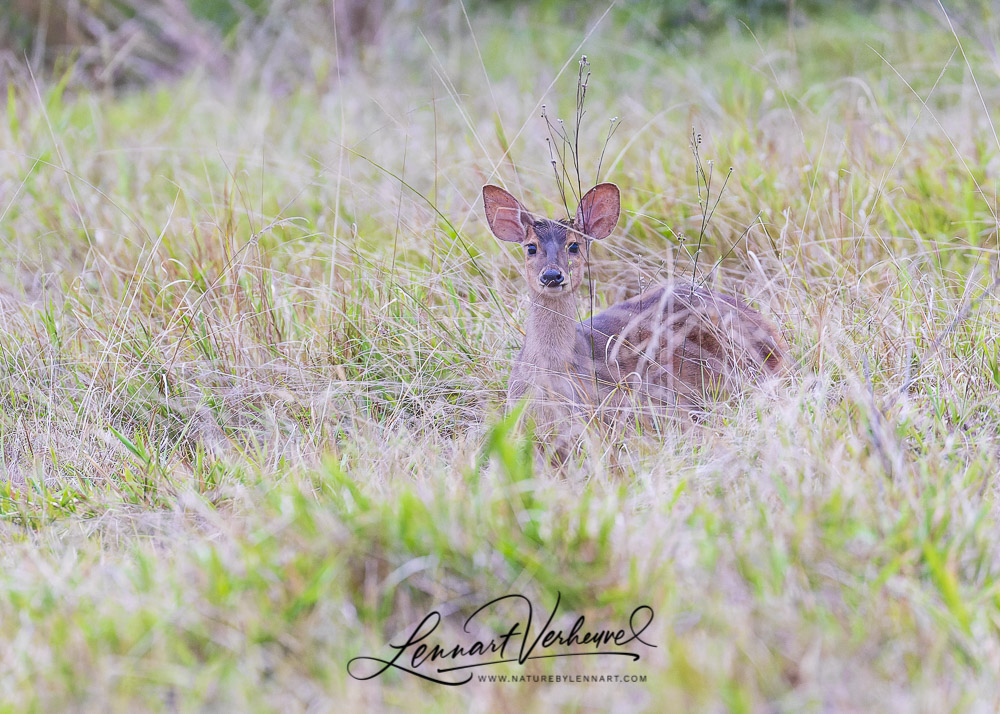
Red Brocket Deer
And then finally a cold-blooded animal. The reserve is also a good place for Black Caimans!
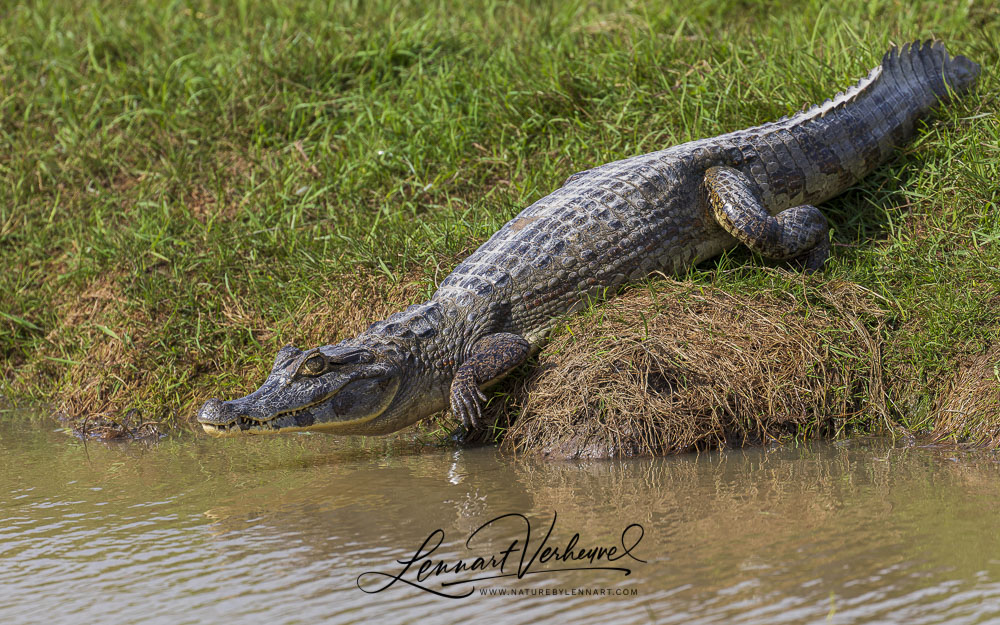
Black Caiman
They make it sometimes a bit hard for themselves, one of them lacked a piece of his upper jaw most likely thanks to one of his brothers of sisters. That really looks peculiar!
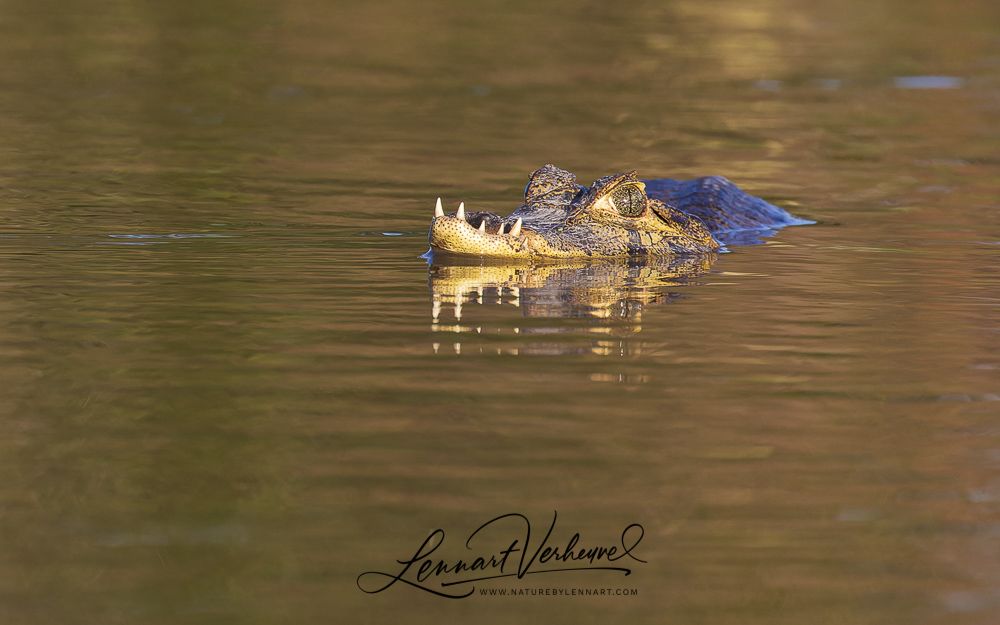
Black Caiman
I had a great time in Barba Azul. Sadly it lasted only a week, but I certainly didn’t turn back from it empty handed. On to Peru!
The camera traps I placed turned out have done their job just fine! That also proved that in the reserve there also plenty of amazing animals that did not show themselves during my visit. Yes that Maned Wolf actually exists! All photo’s are property of Armonía by the way and can also be found on the Flickr page of Armonía and it’s of course with permission that they are showed here.
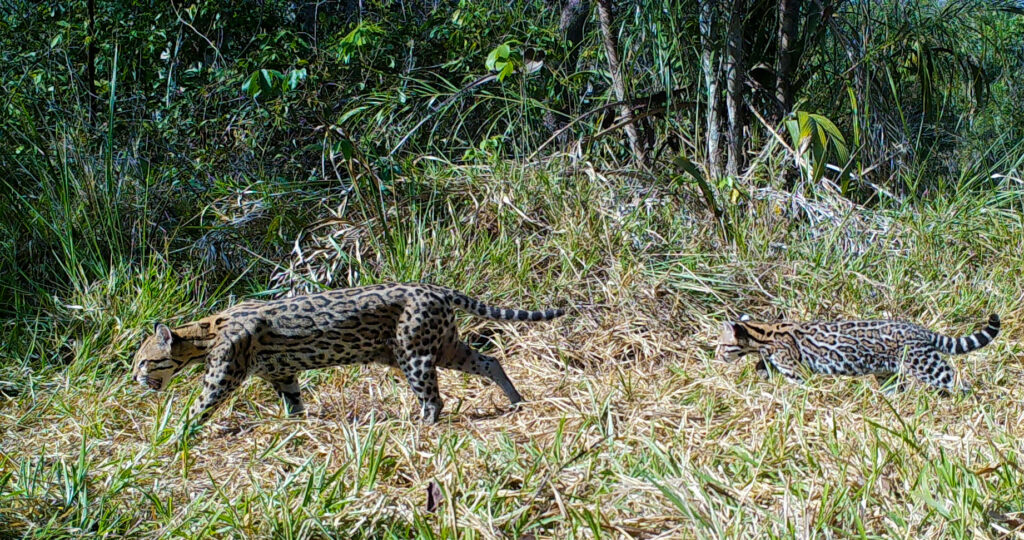
Ocelot with cub
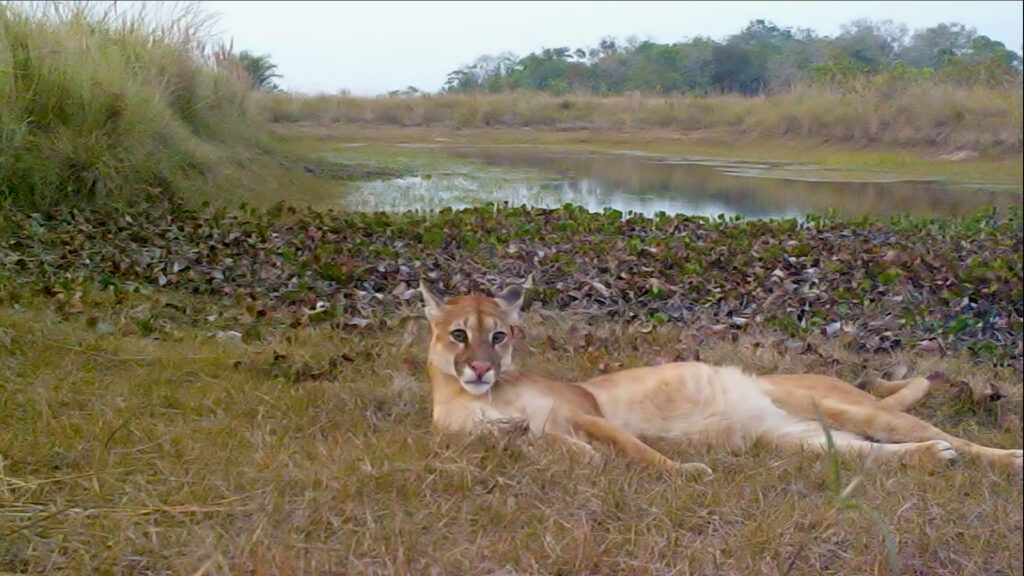
Puma
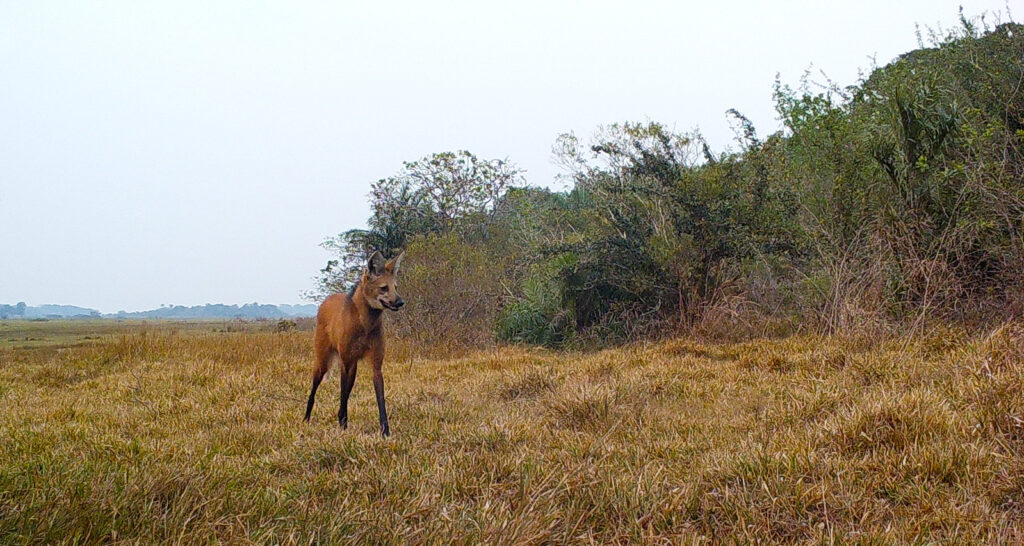
Maned Wolf
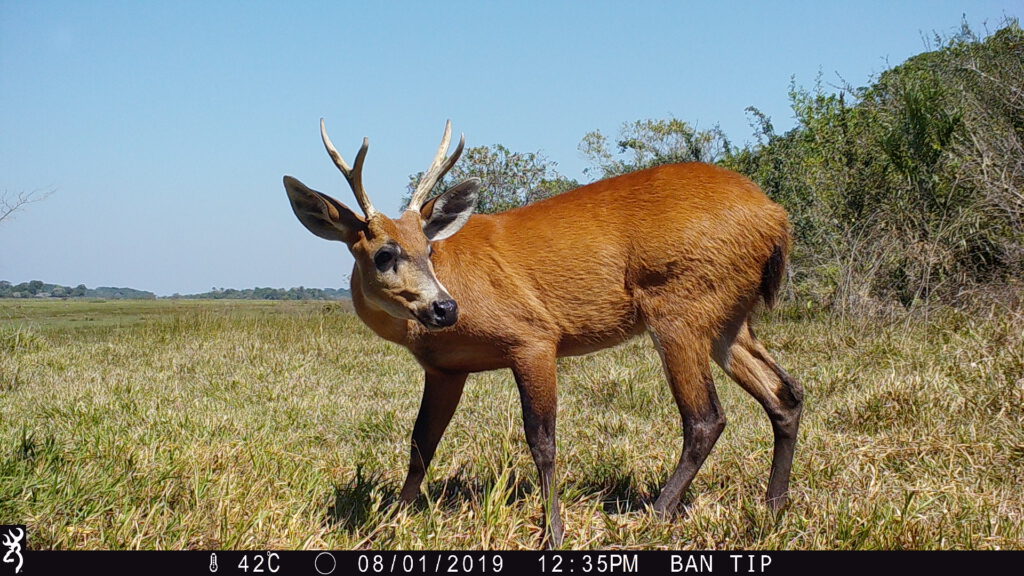
Marsh Deer
And if this piece has made you enthusiastic to visit Barba Azul: go for it! Visit this page on the website of Armonía or send me a message!
Have a look at the links below to see more from my travels through South-America:
Click here for my encounters with the Puma’s of Torres del Paine!
I also met a pair of South-American Grey Foxes in Torres del Paine, click here for the pictures.
Have a look here for Giant Otters!
For the various monkeys of Tambopata see here.
Have a look at the various attractive birds of Patagonia here.
See here for a photo report of the extraordinary Inca Tern.
In the same category have a look at the bizarre and beautiful Andean Cock-of-the-rock!
Immerse yourself in the birds of the Amazon at a clay lick.
See here more landscape pictures from beautiful Patagonia.
Read about my experience with a solar eclipse in Chile.
And have a look at the amazing starry skies of the high Andes.
See here for a trip report.